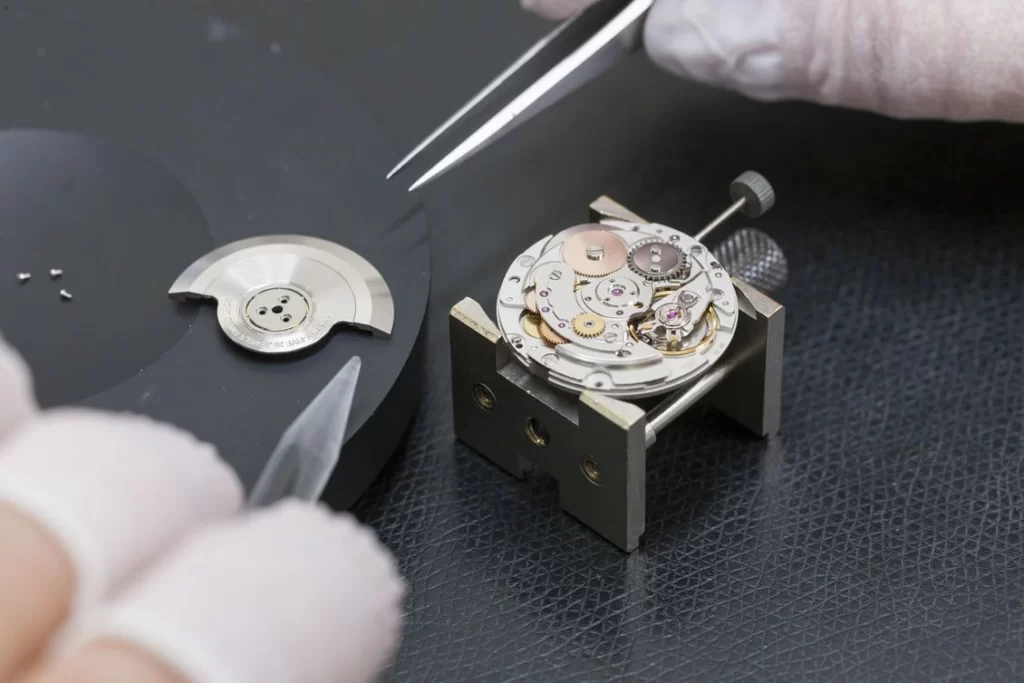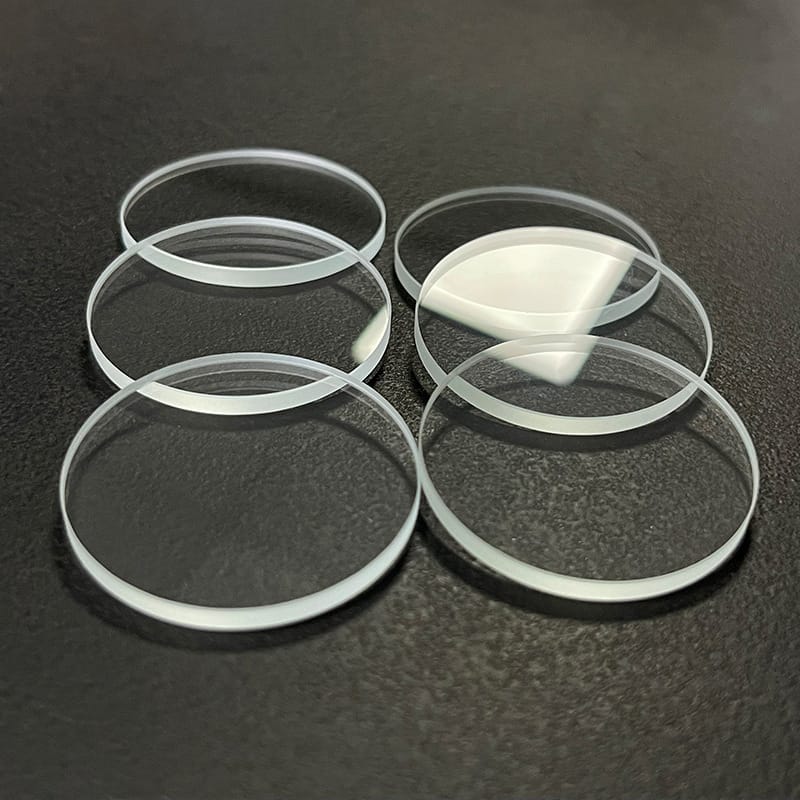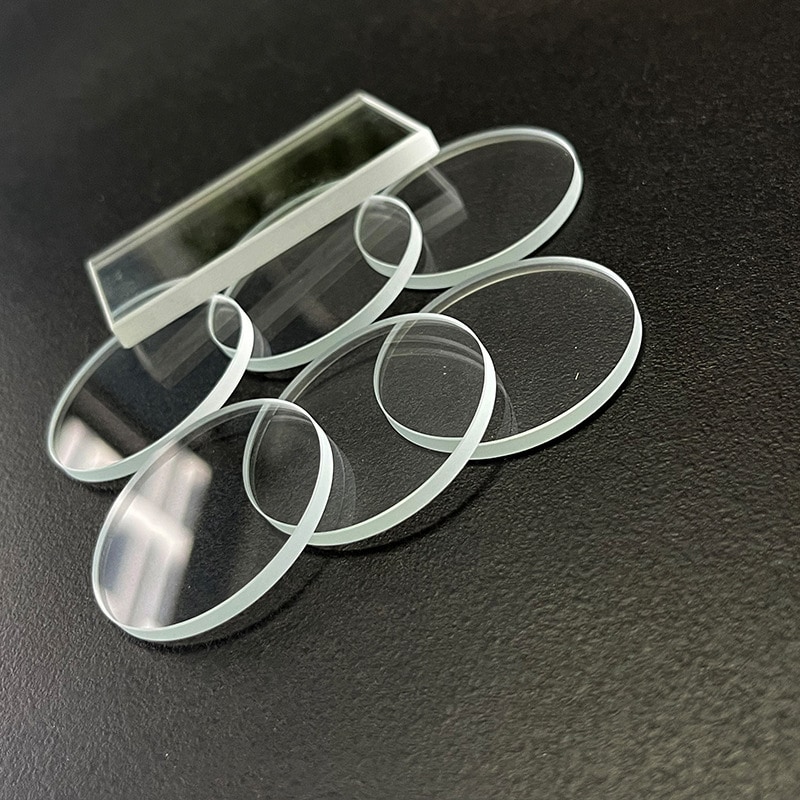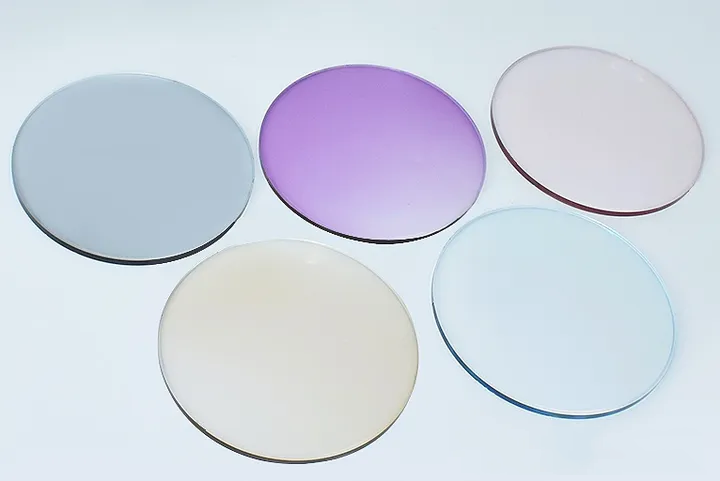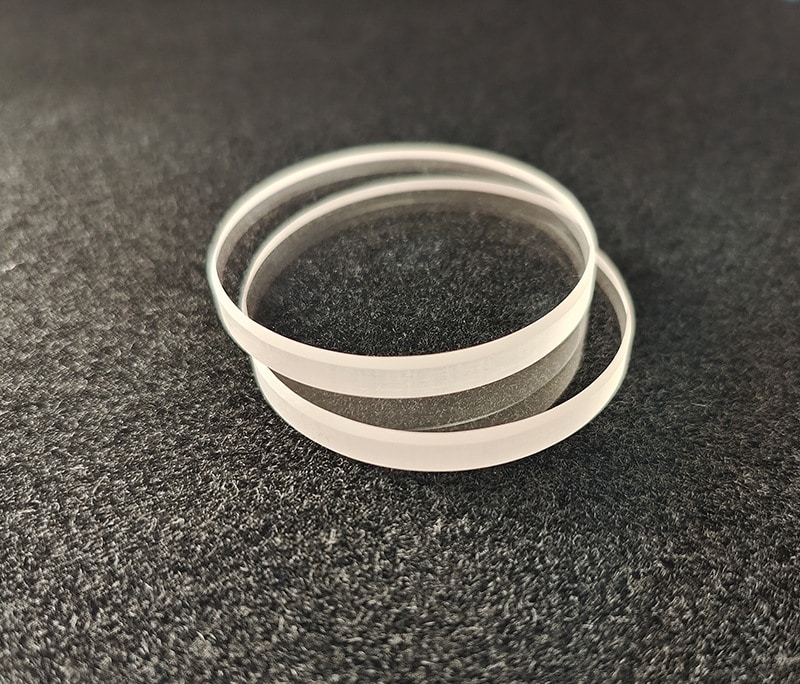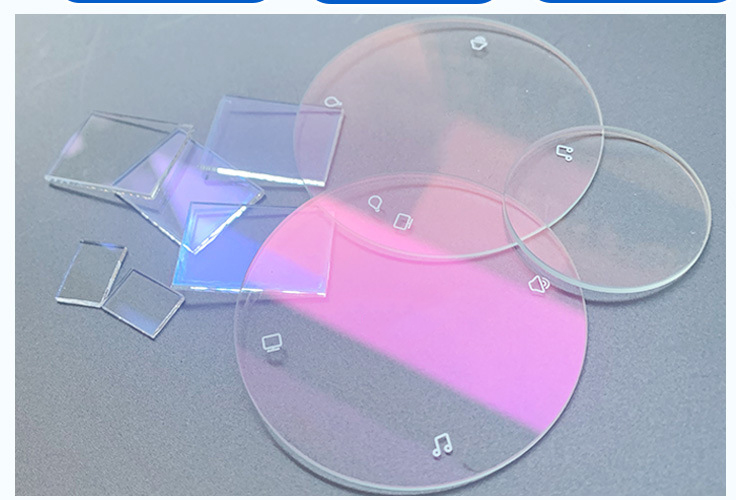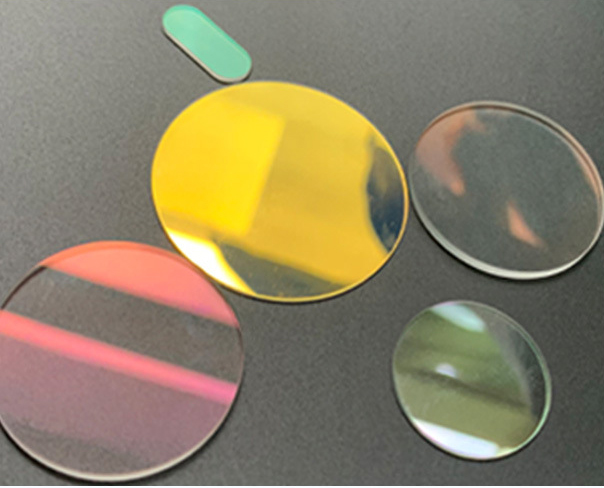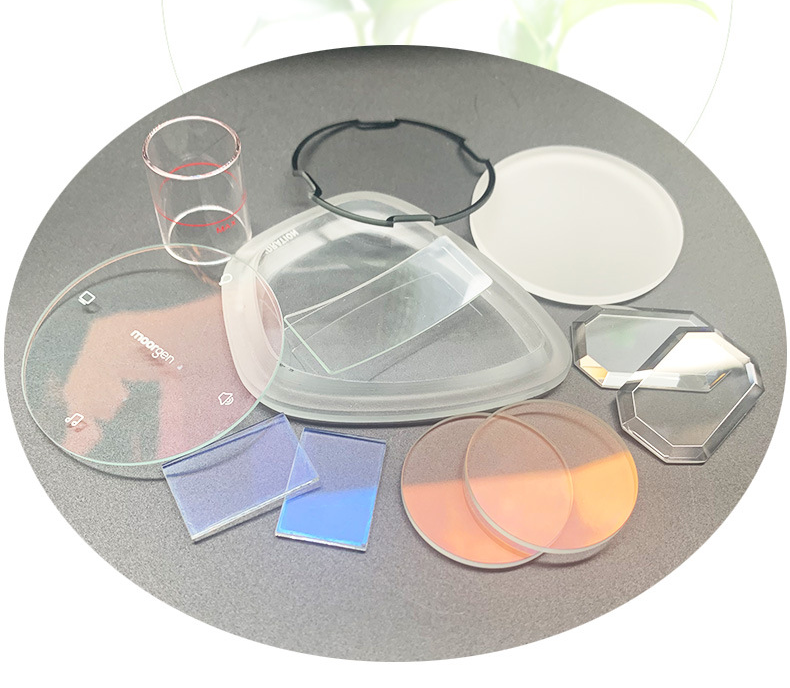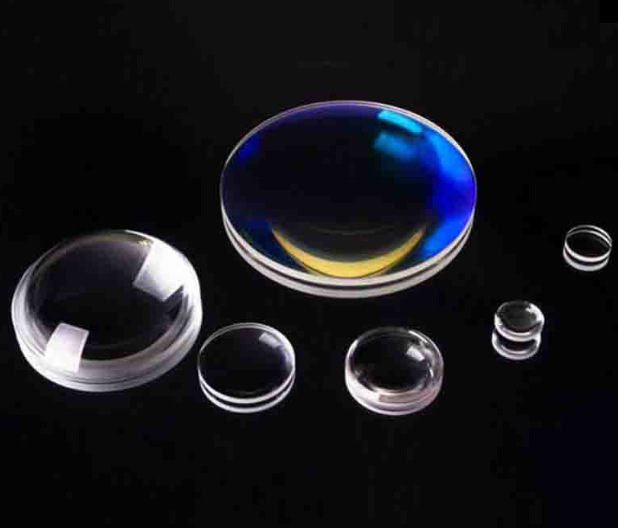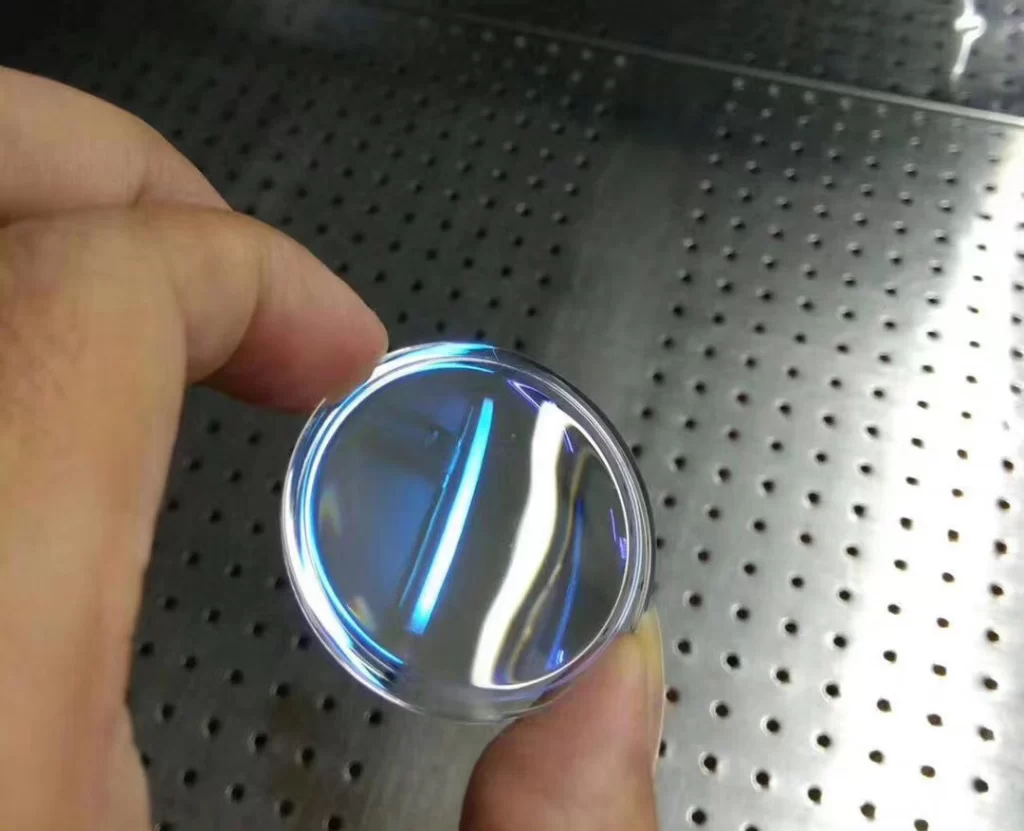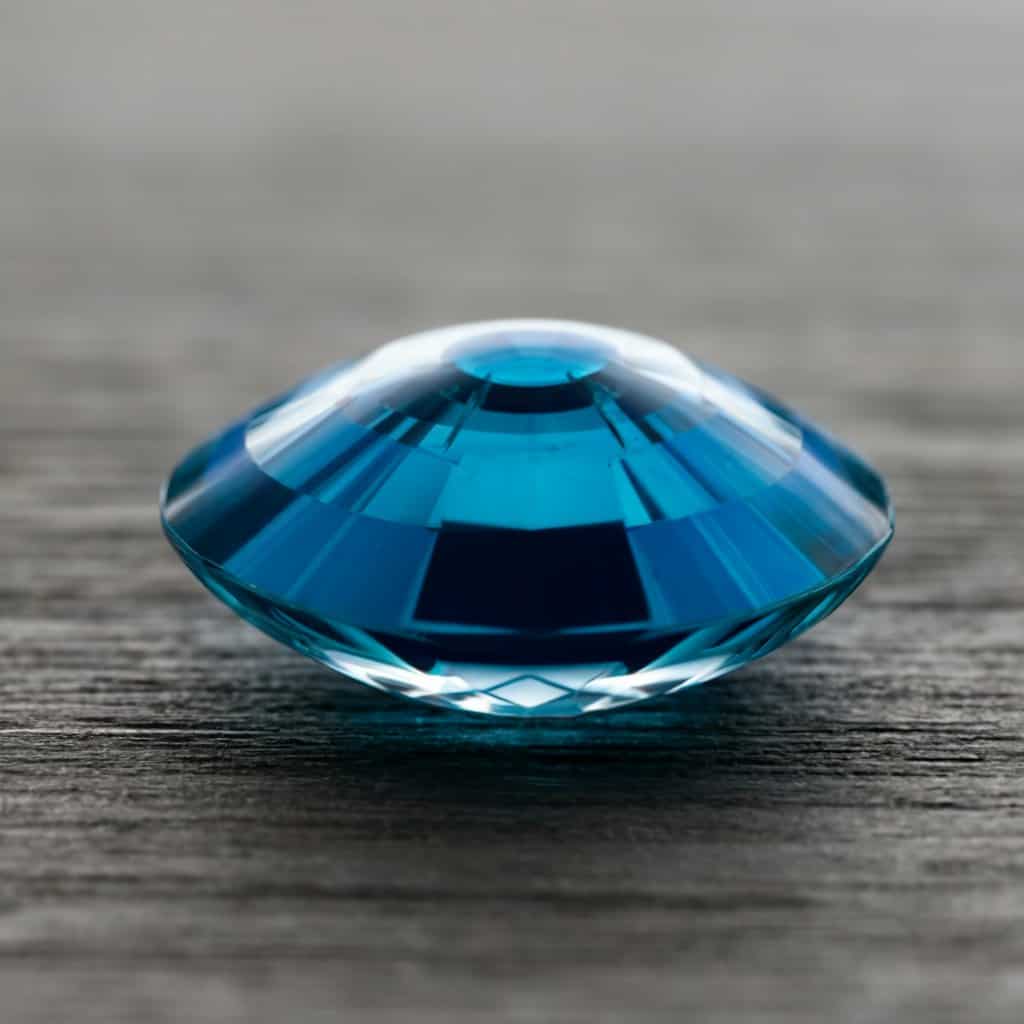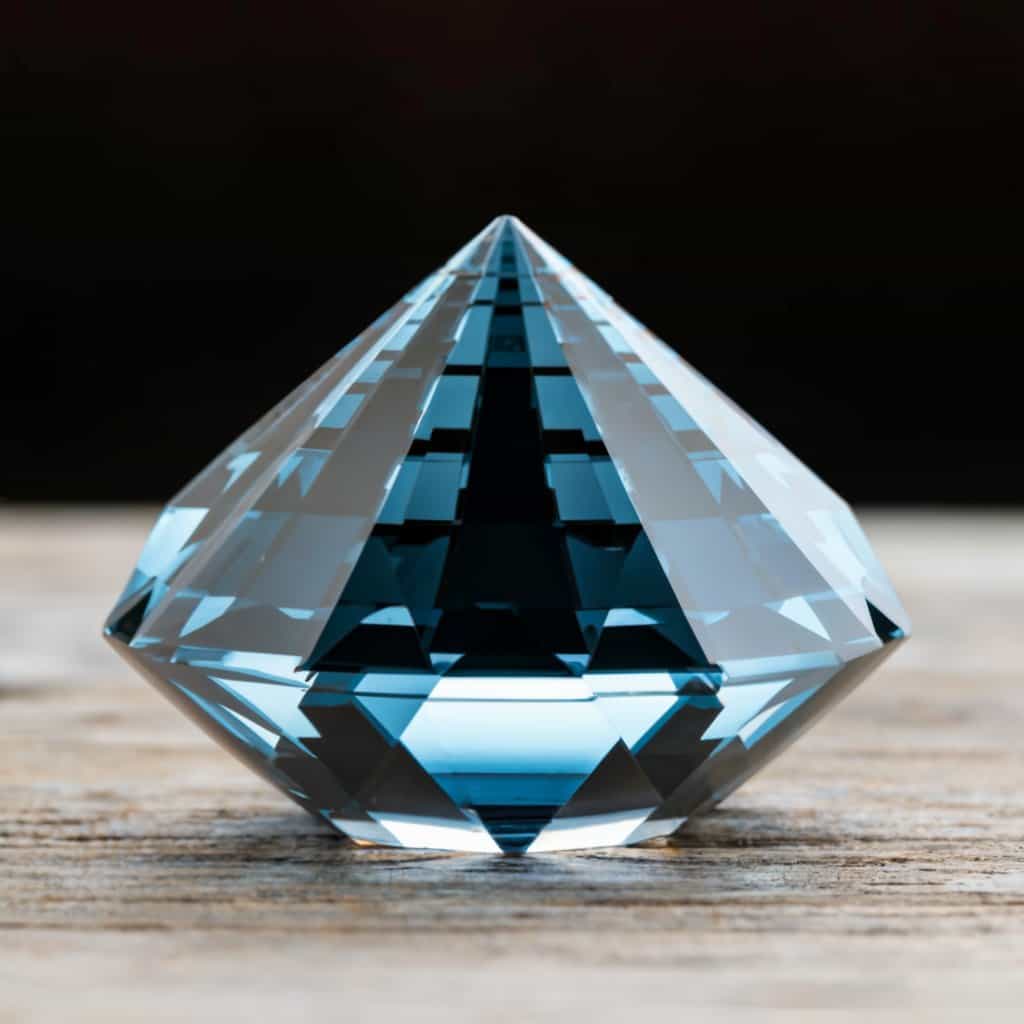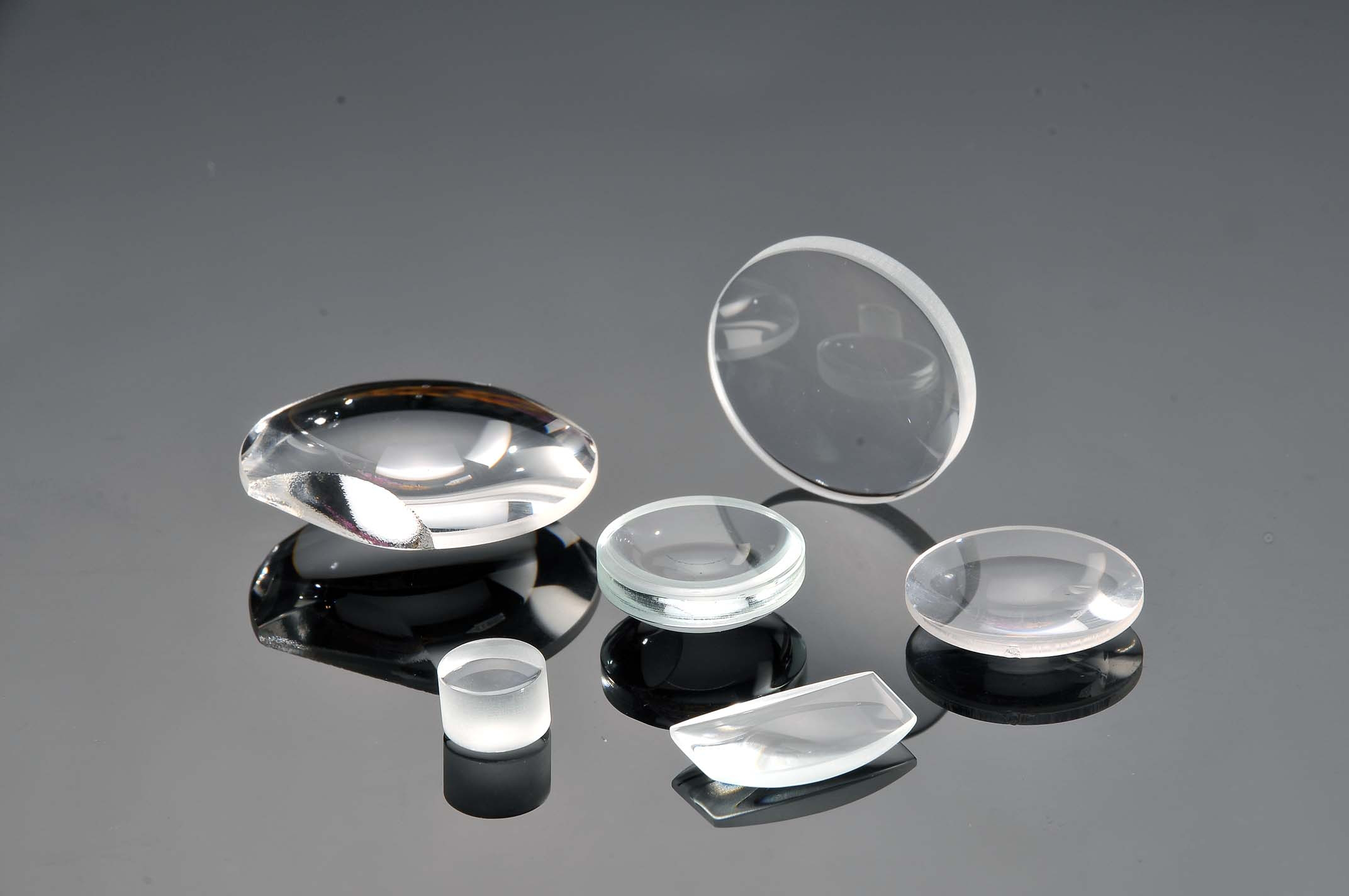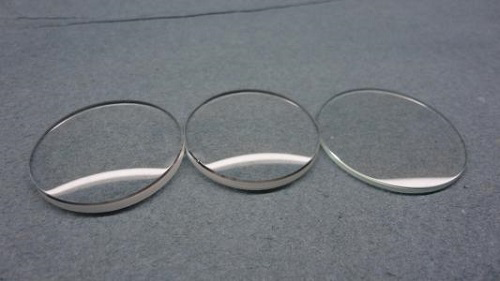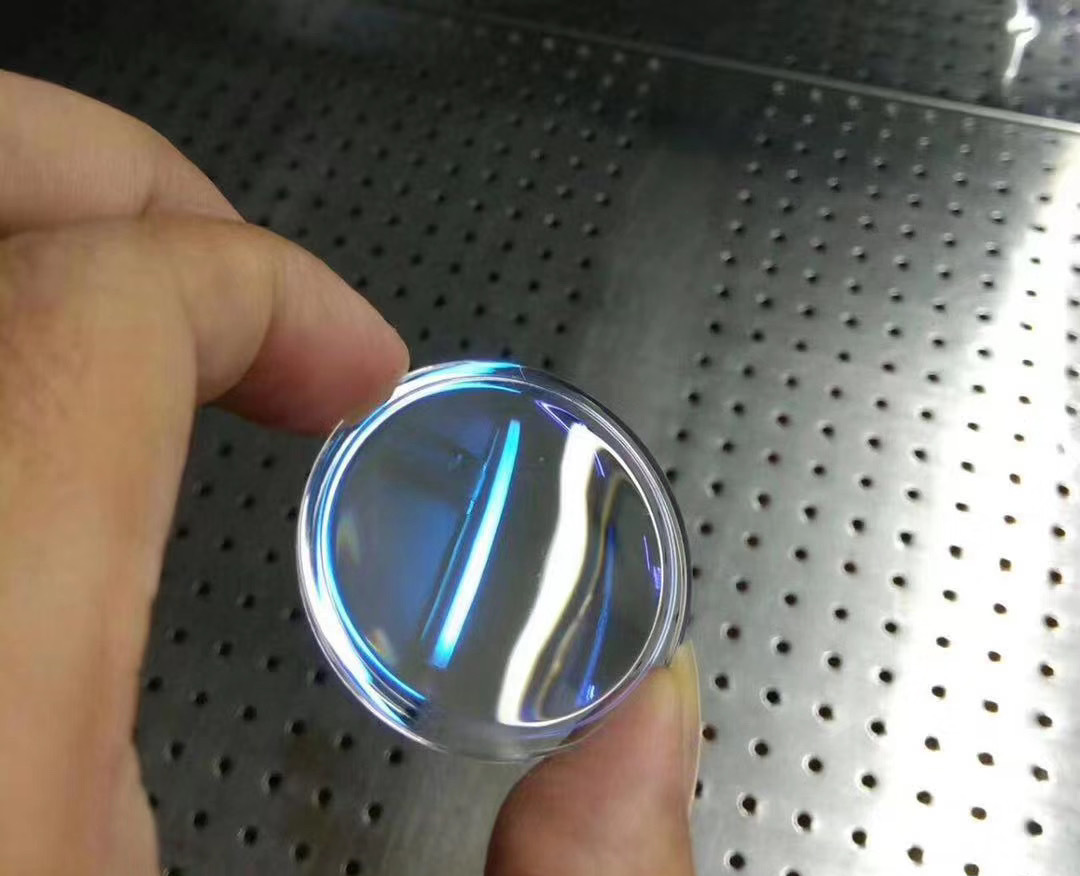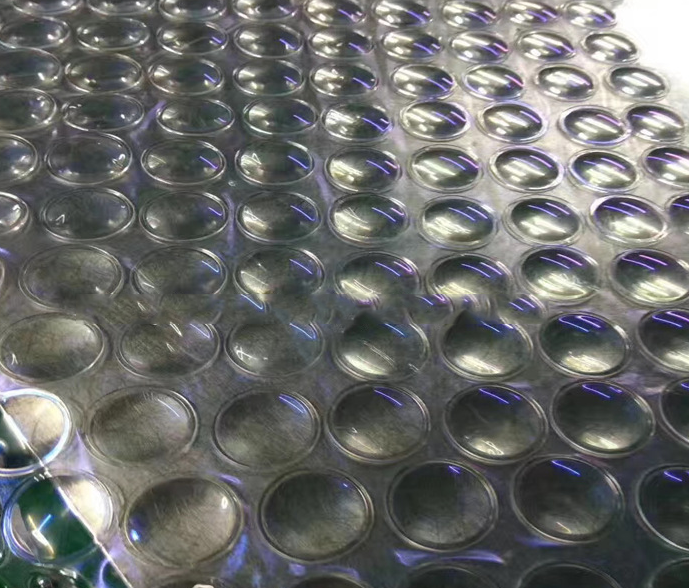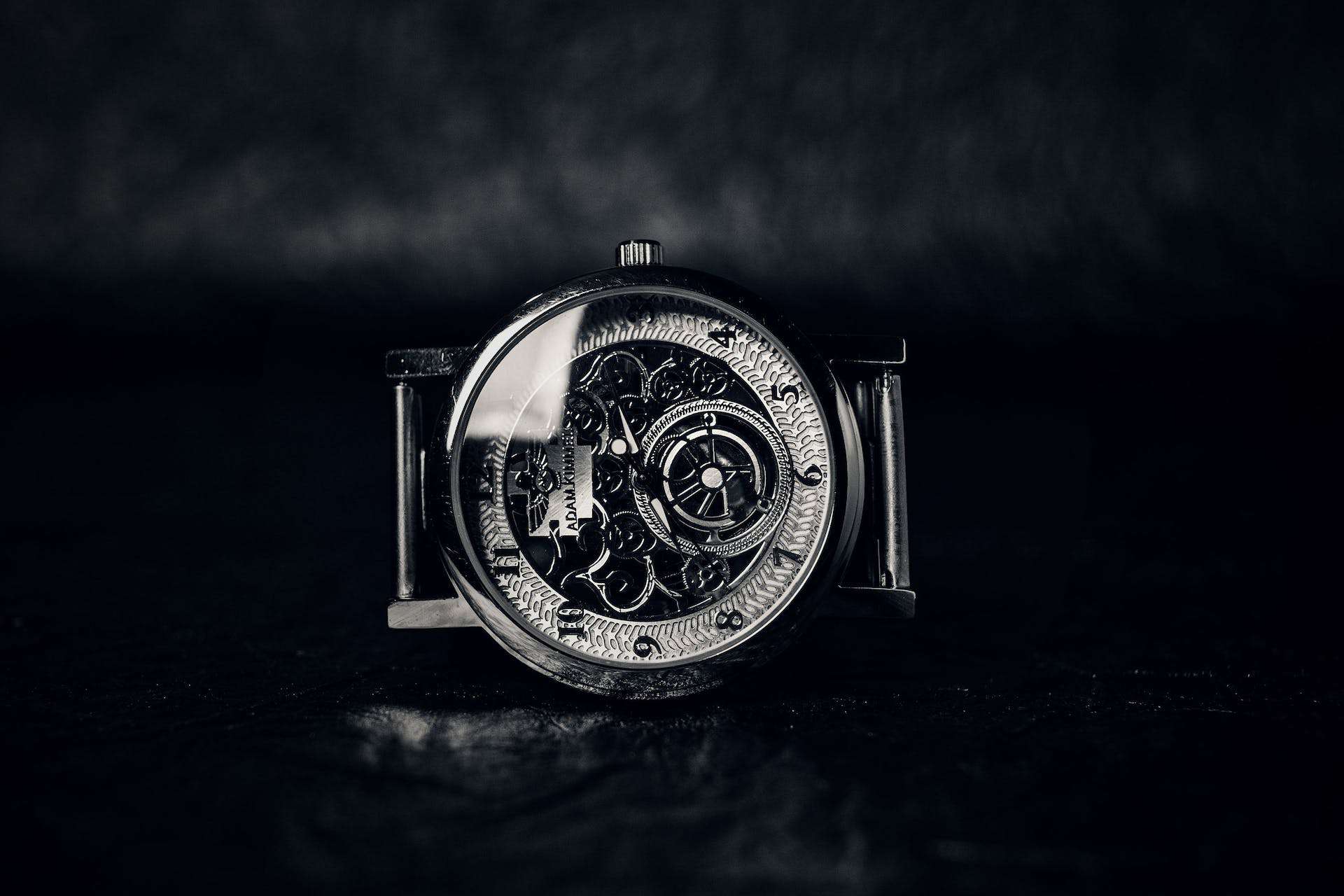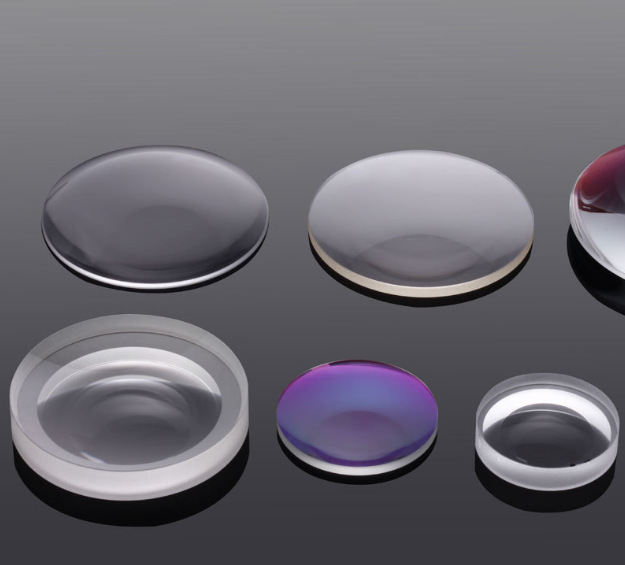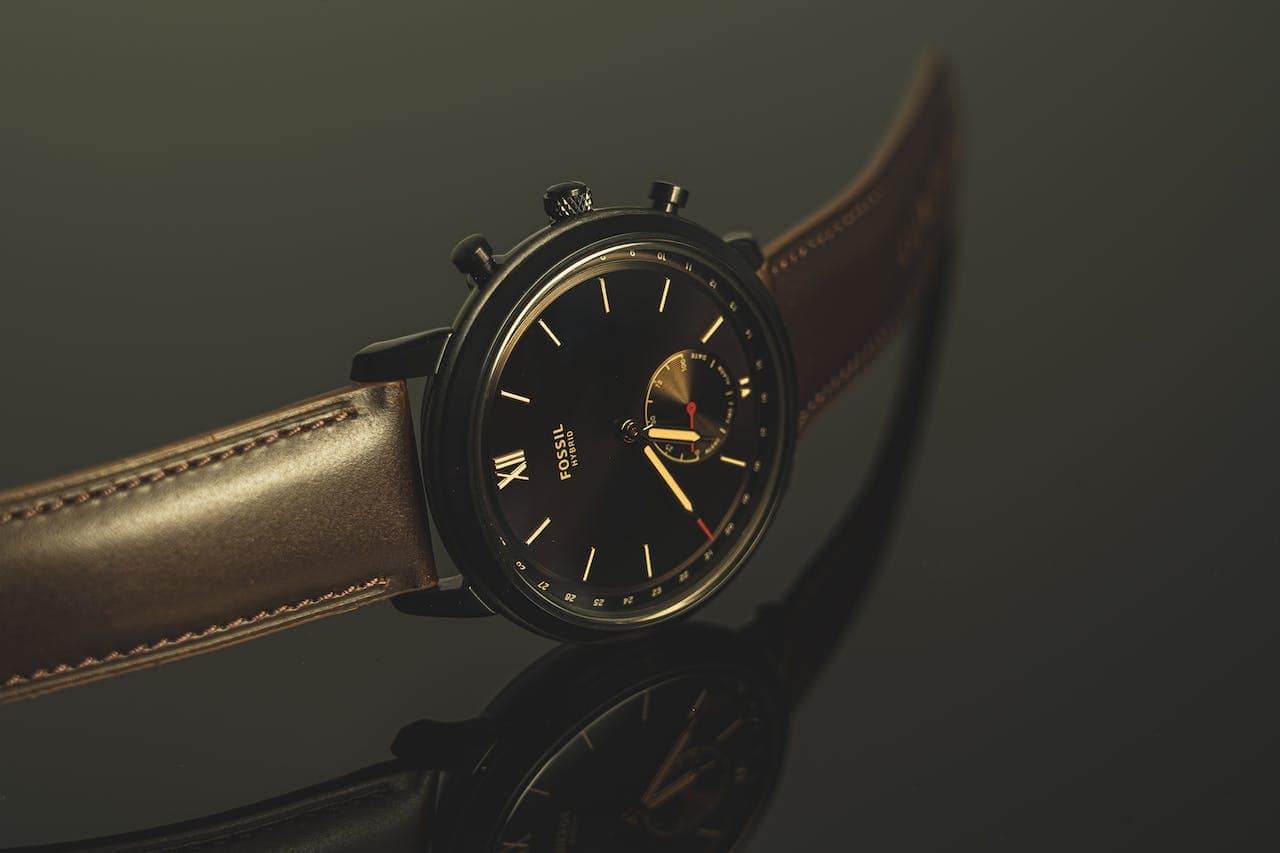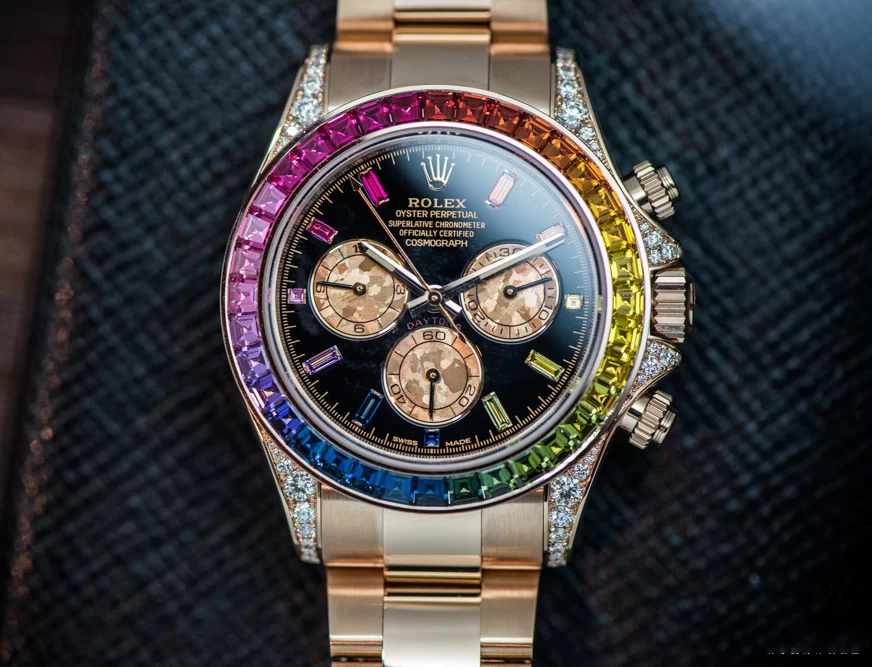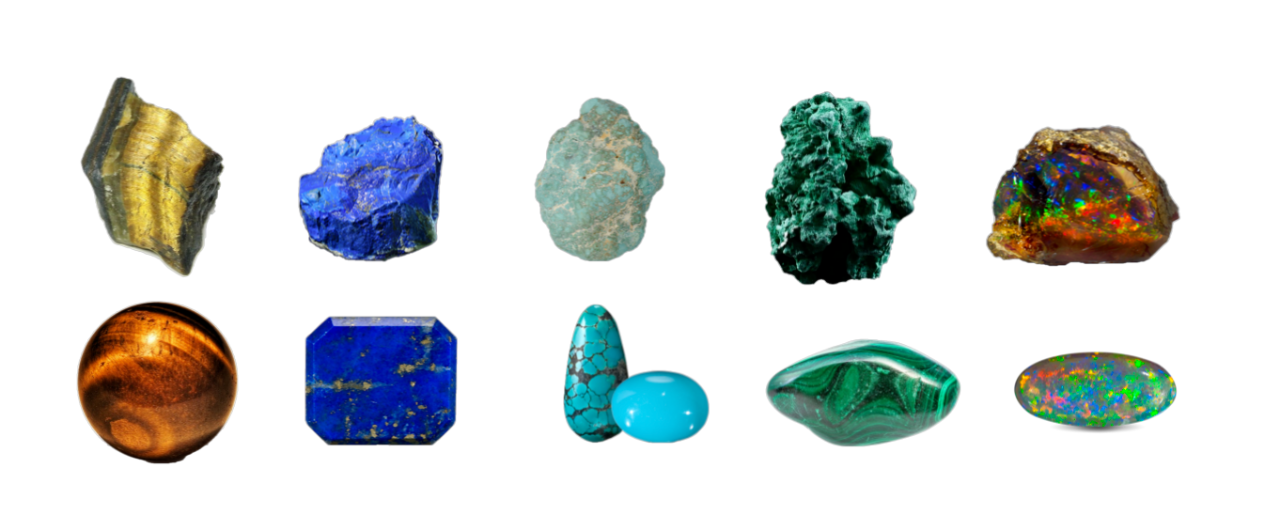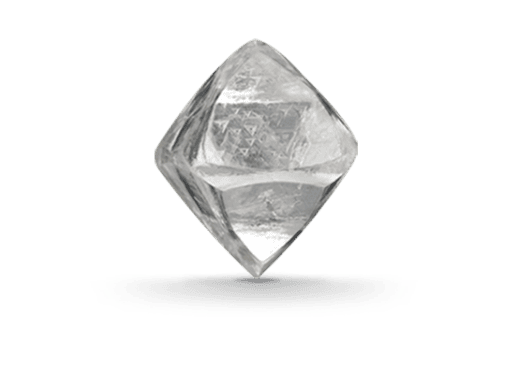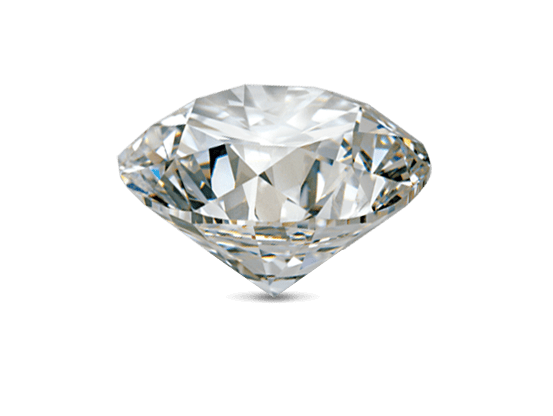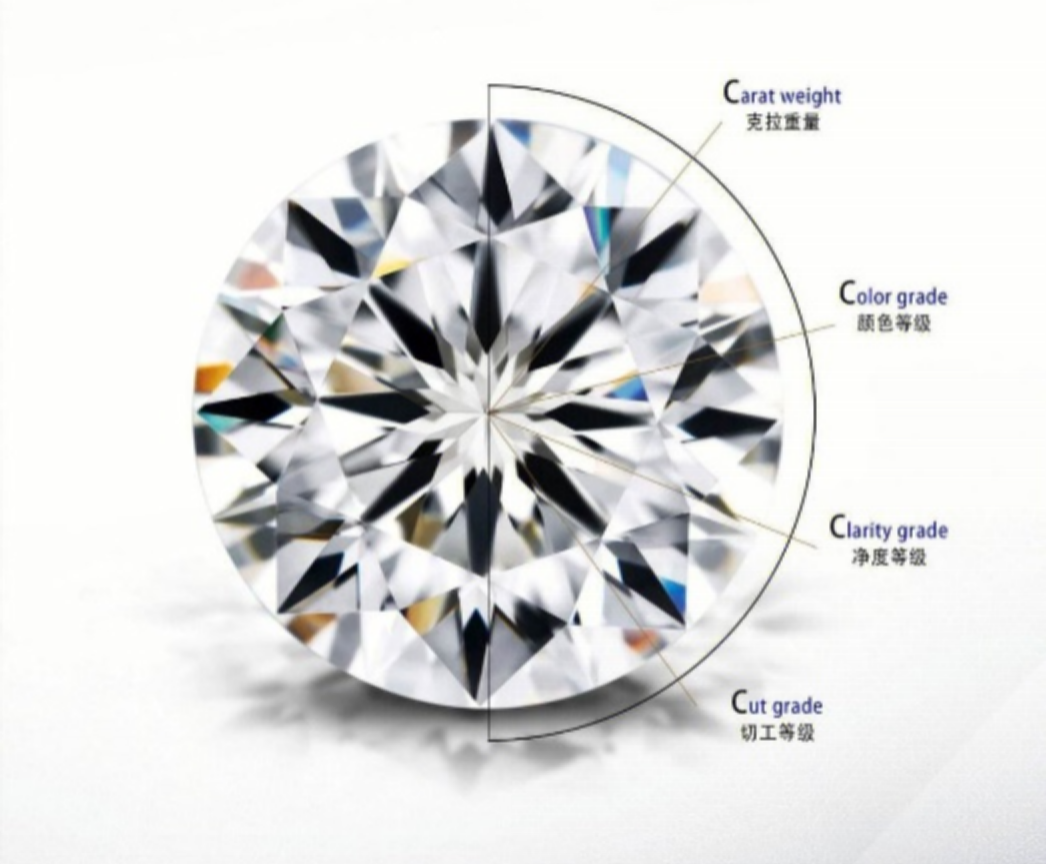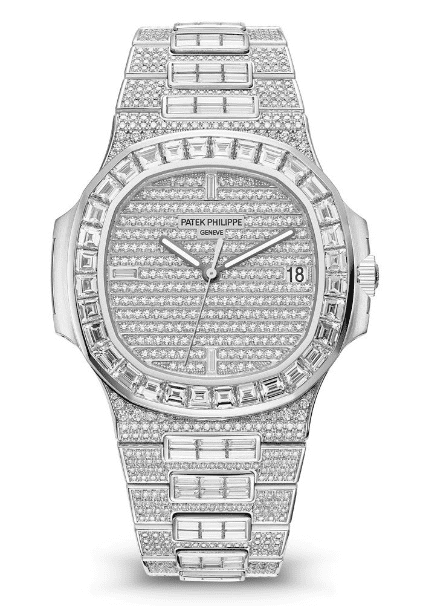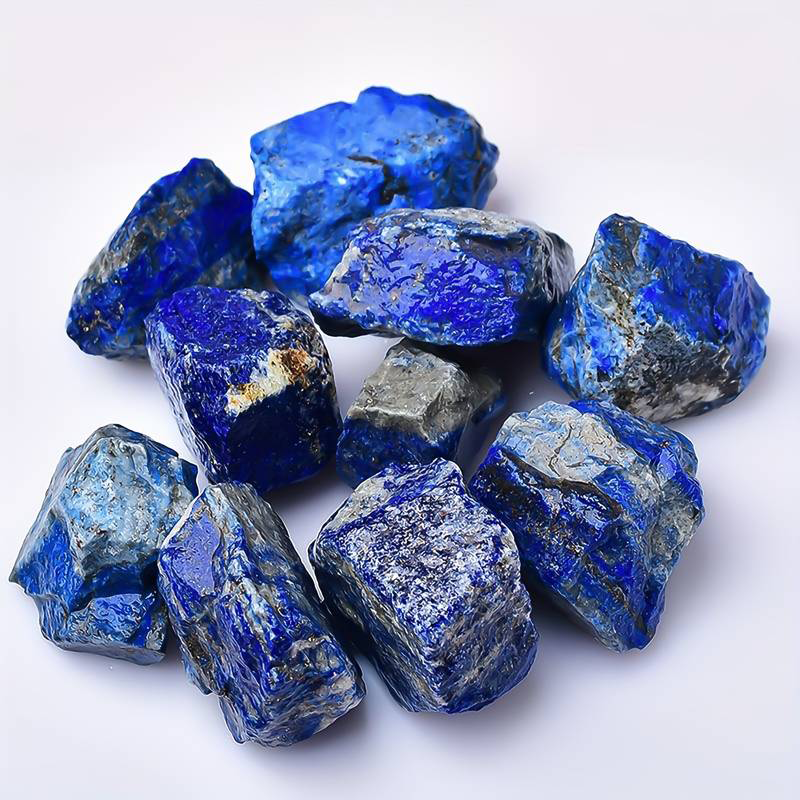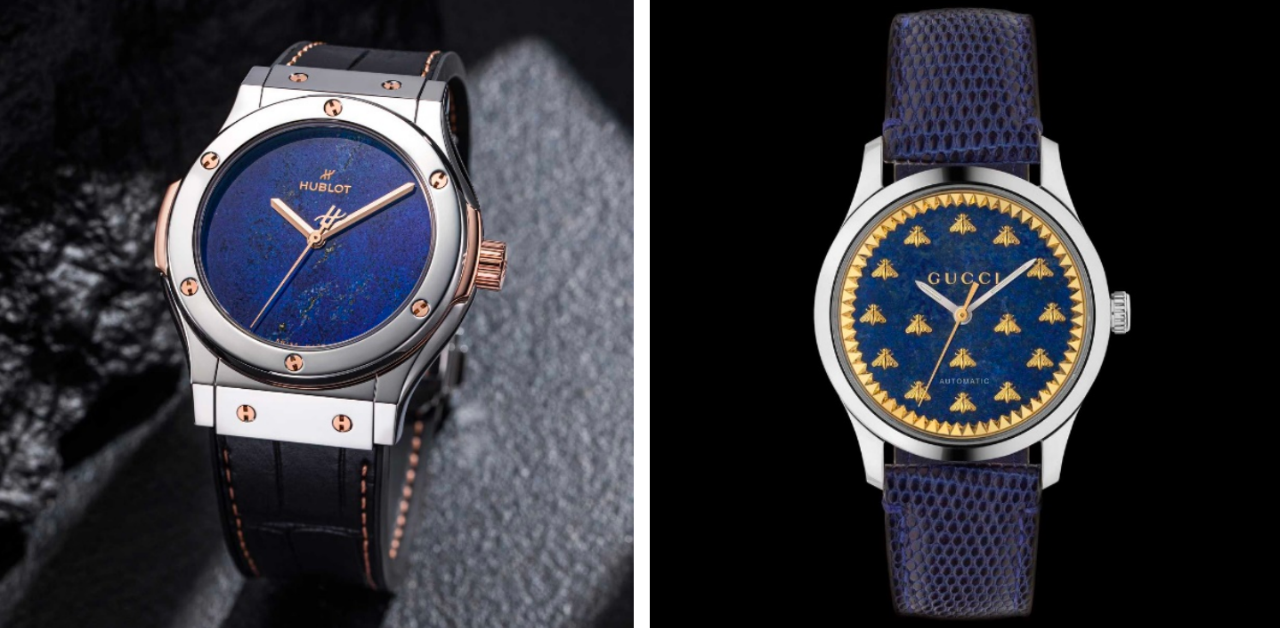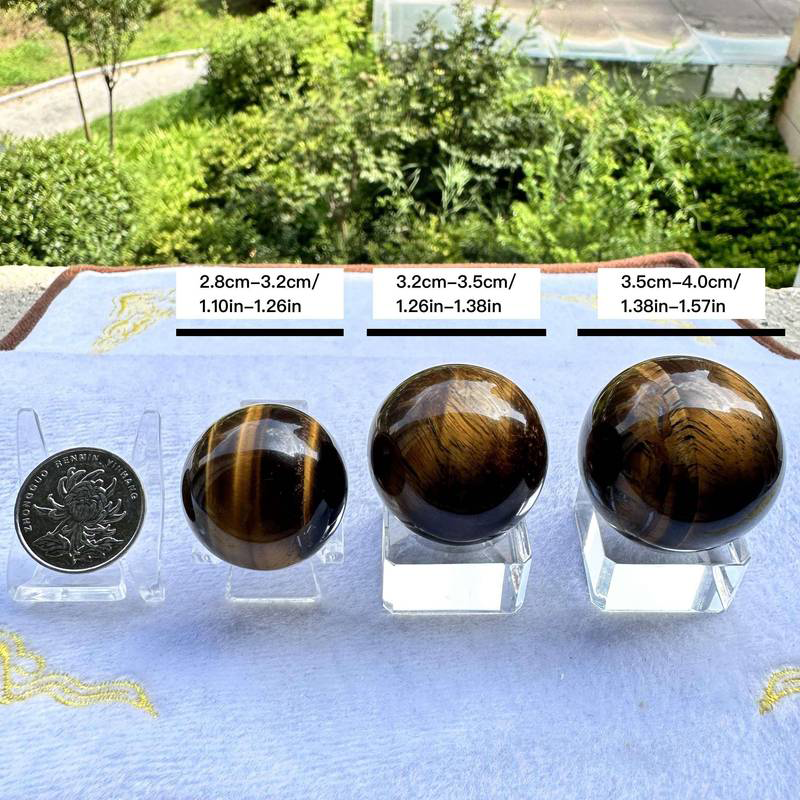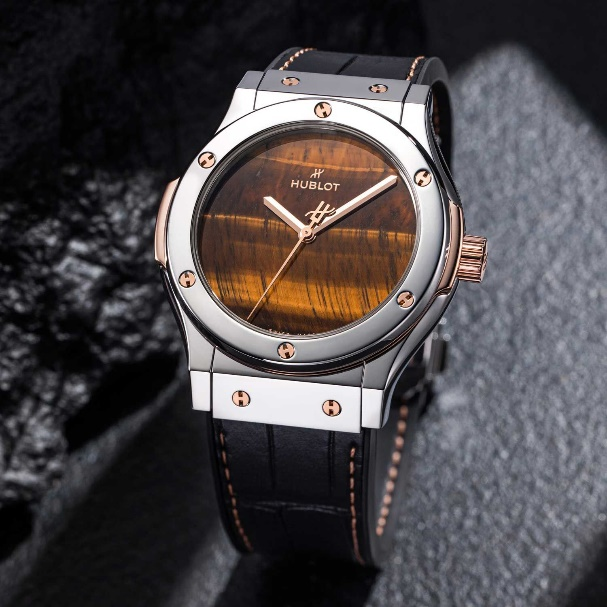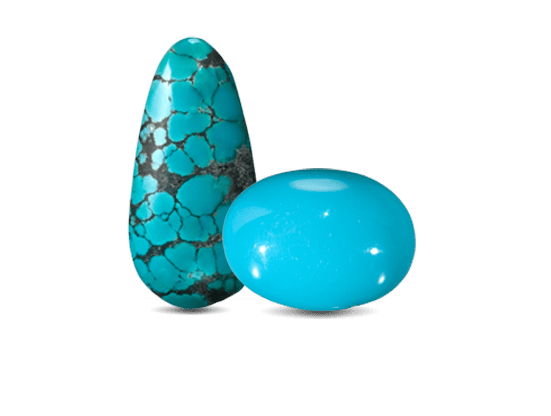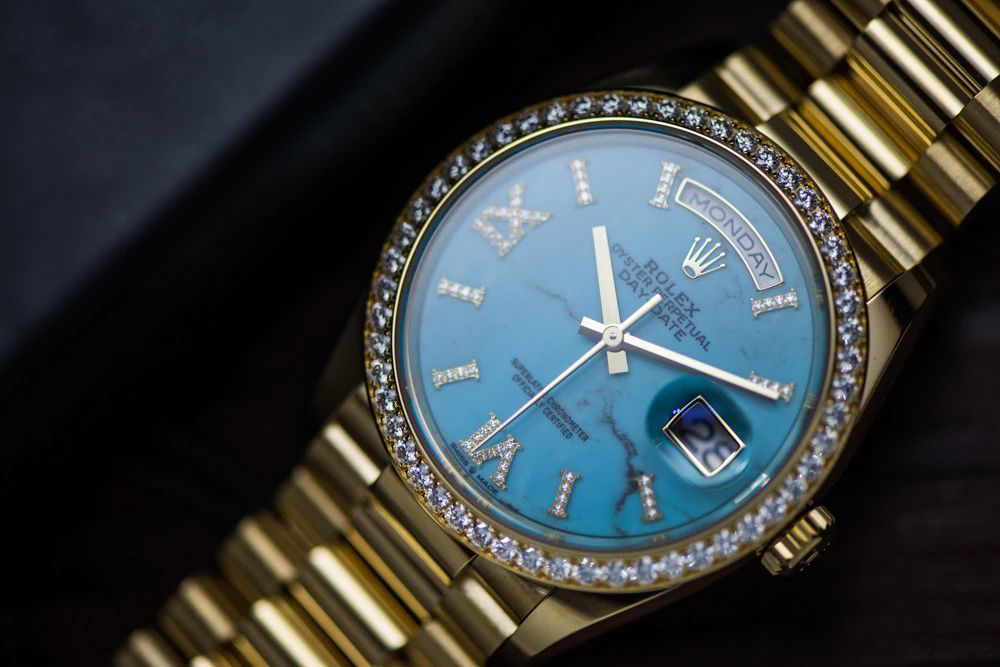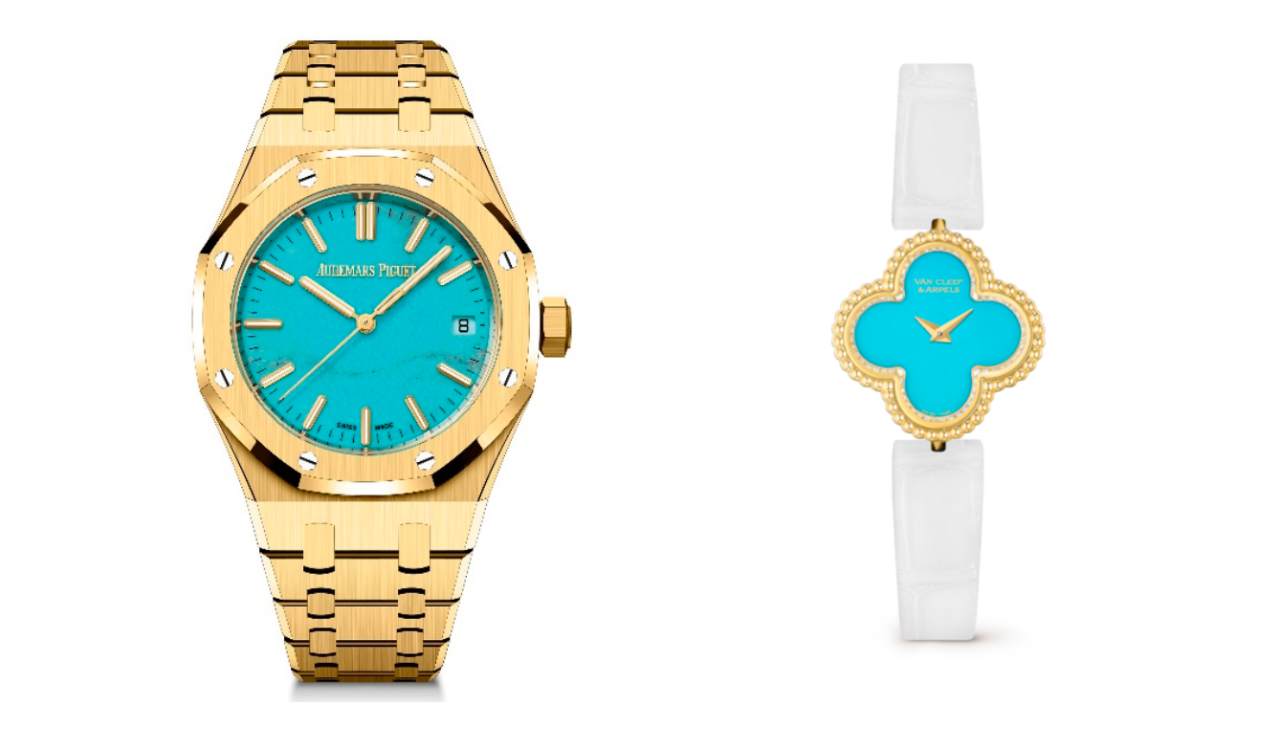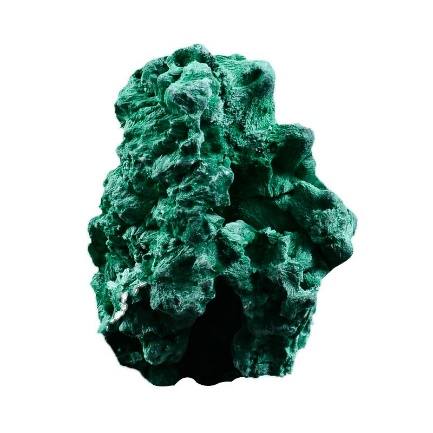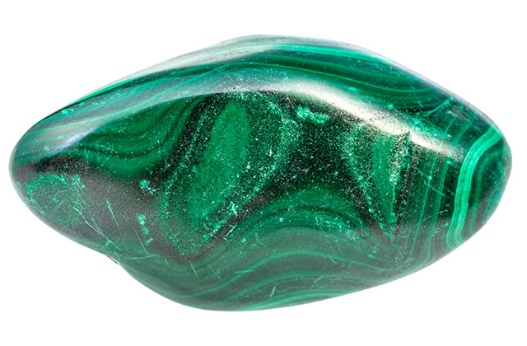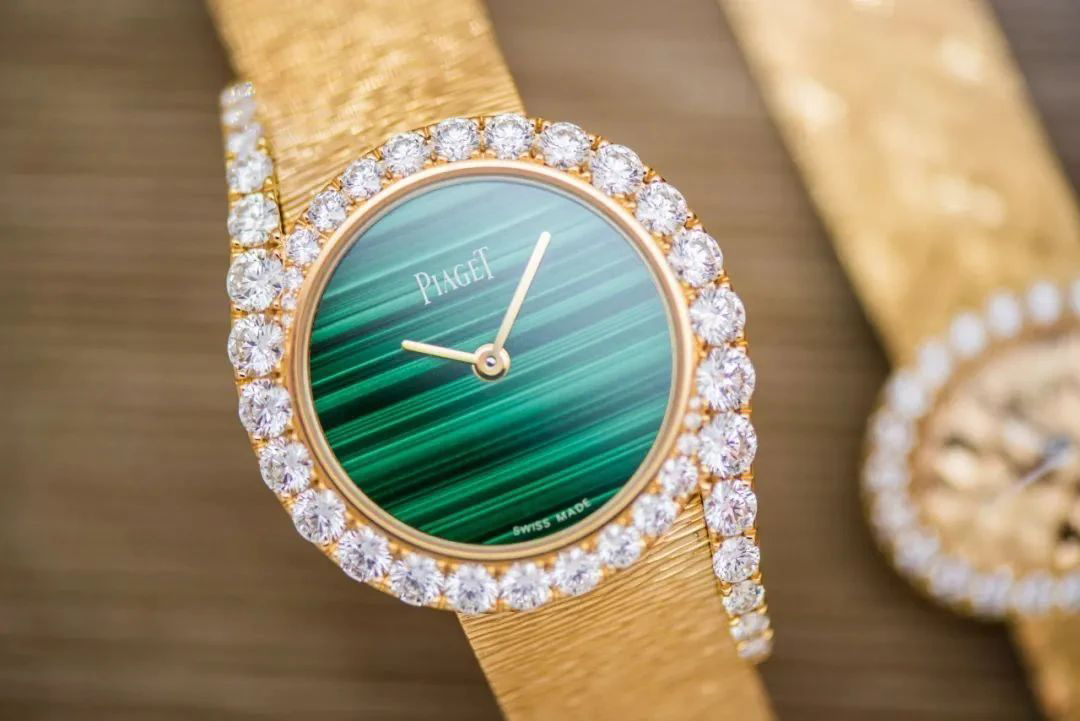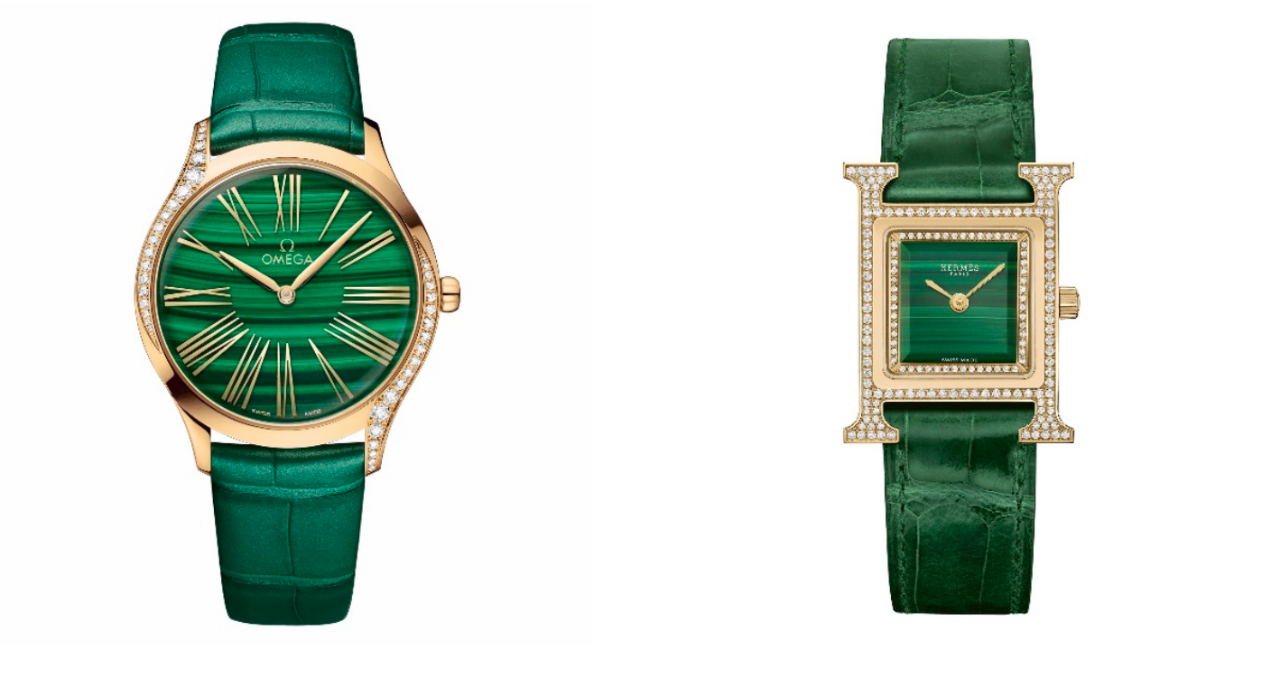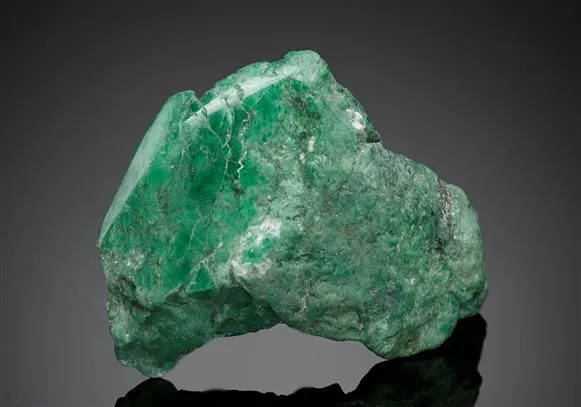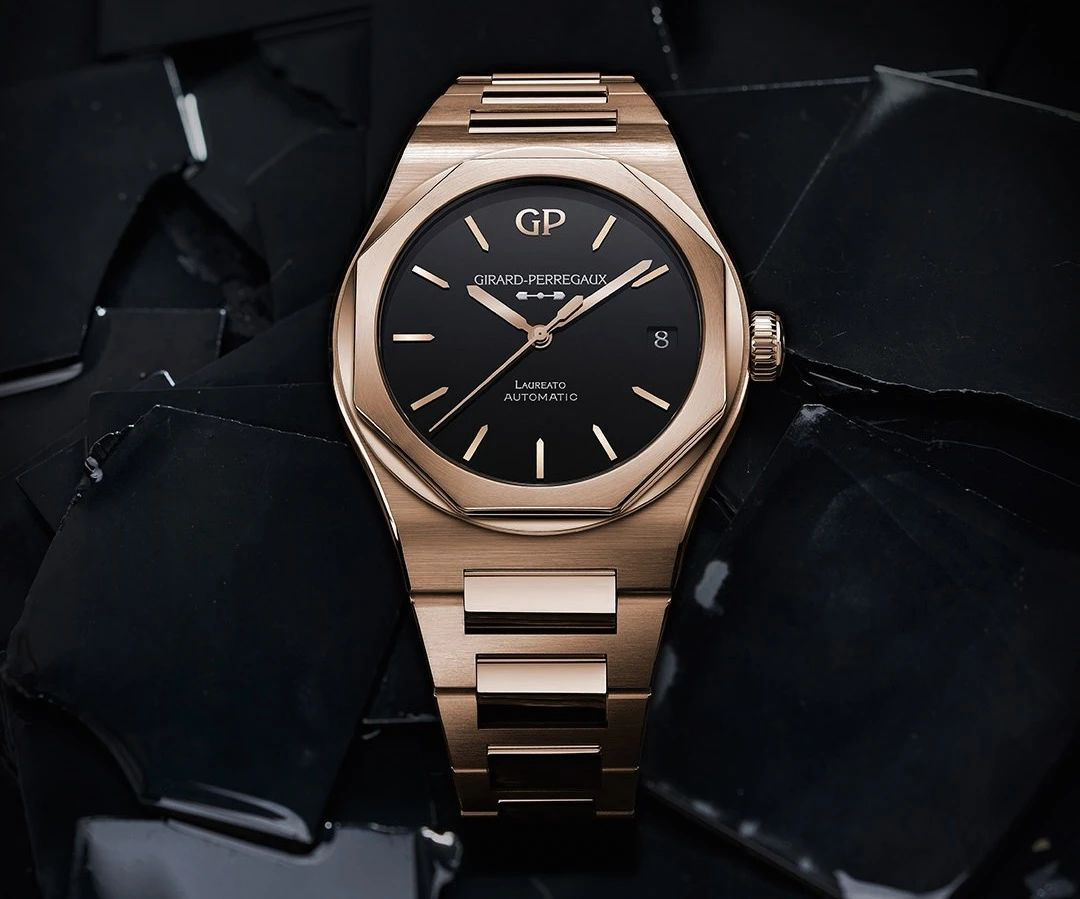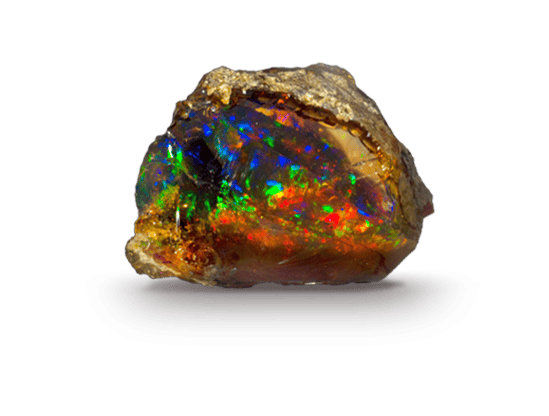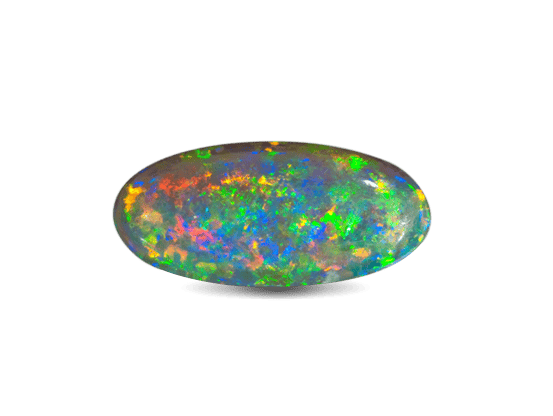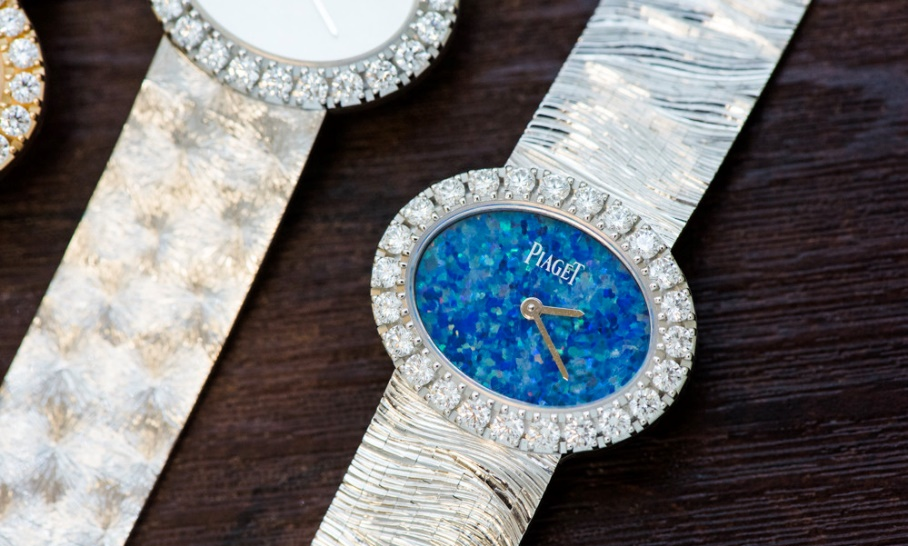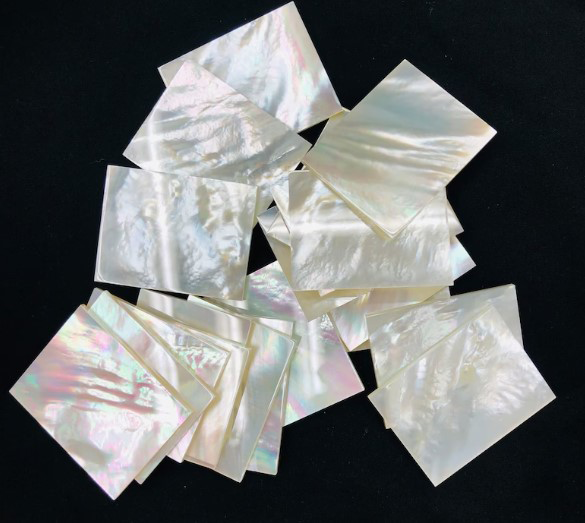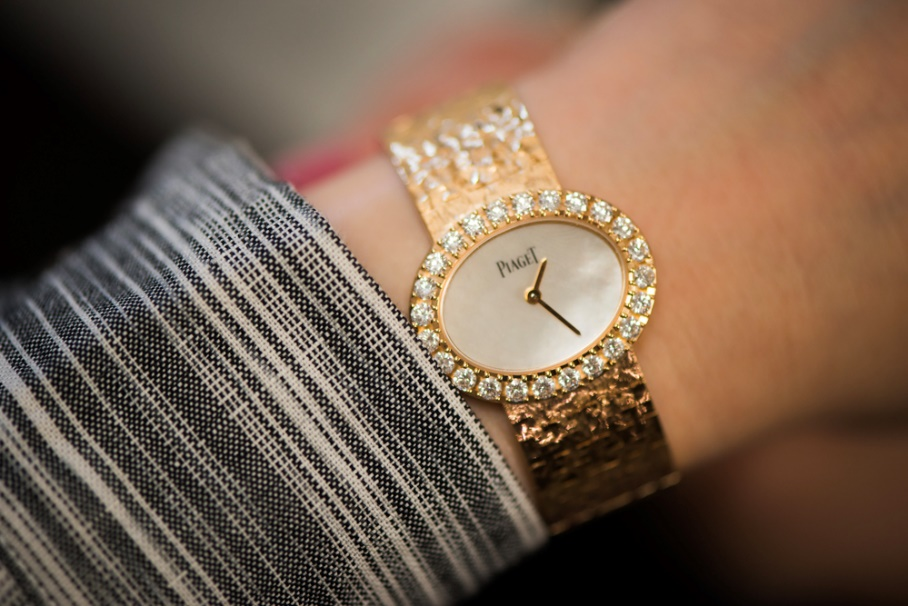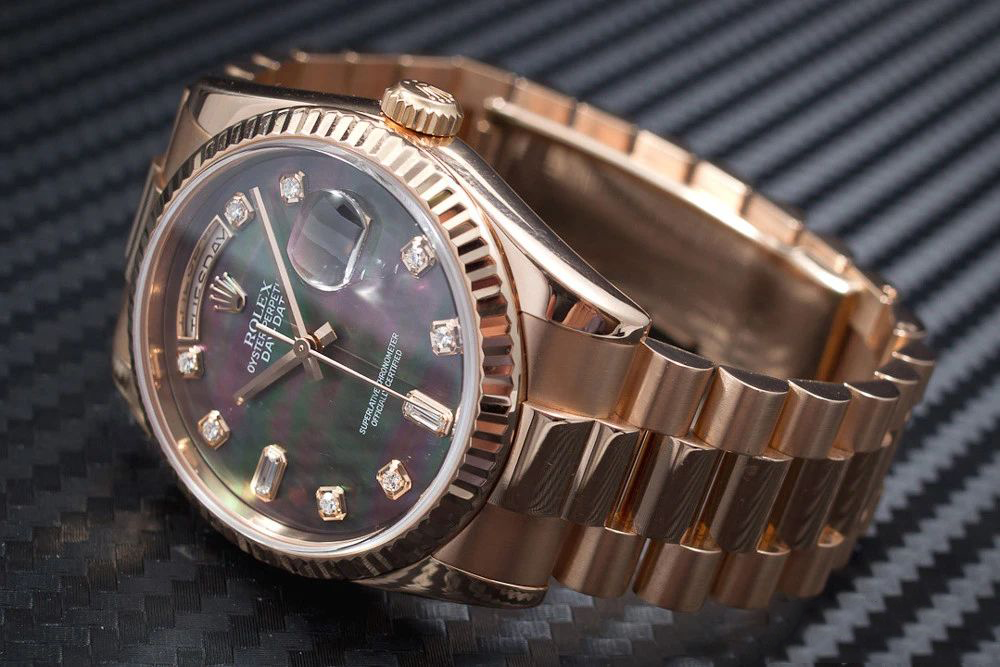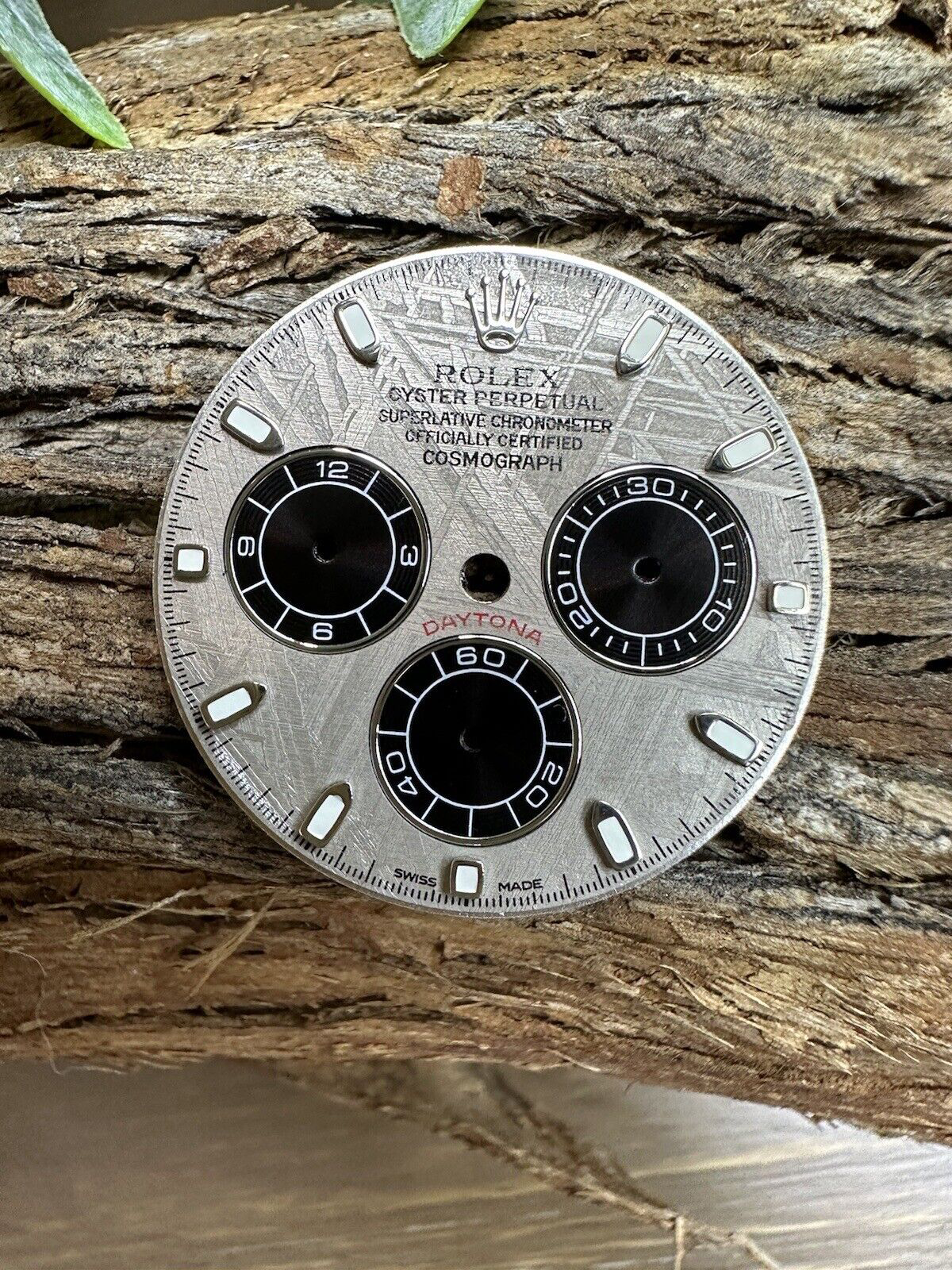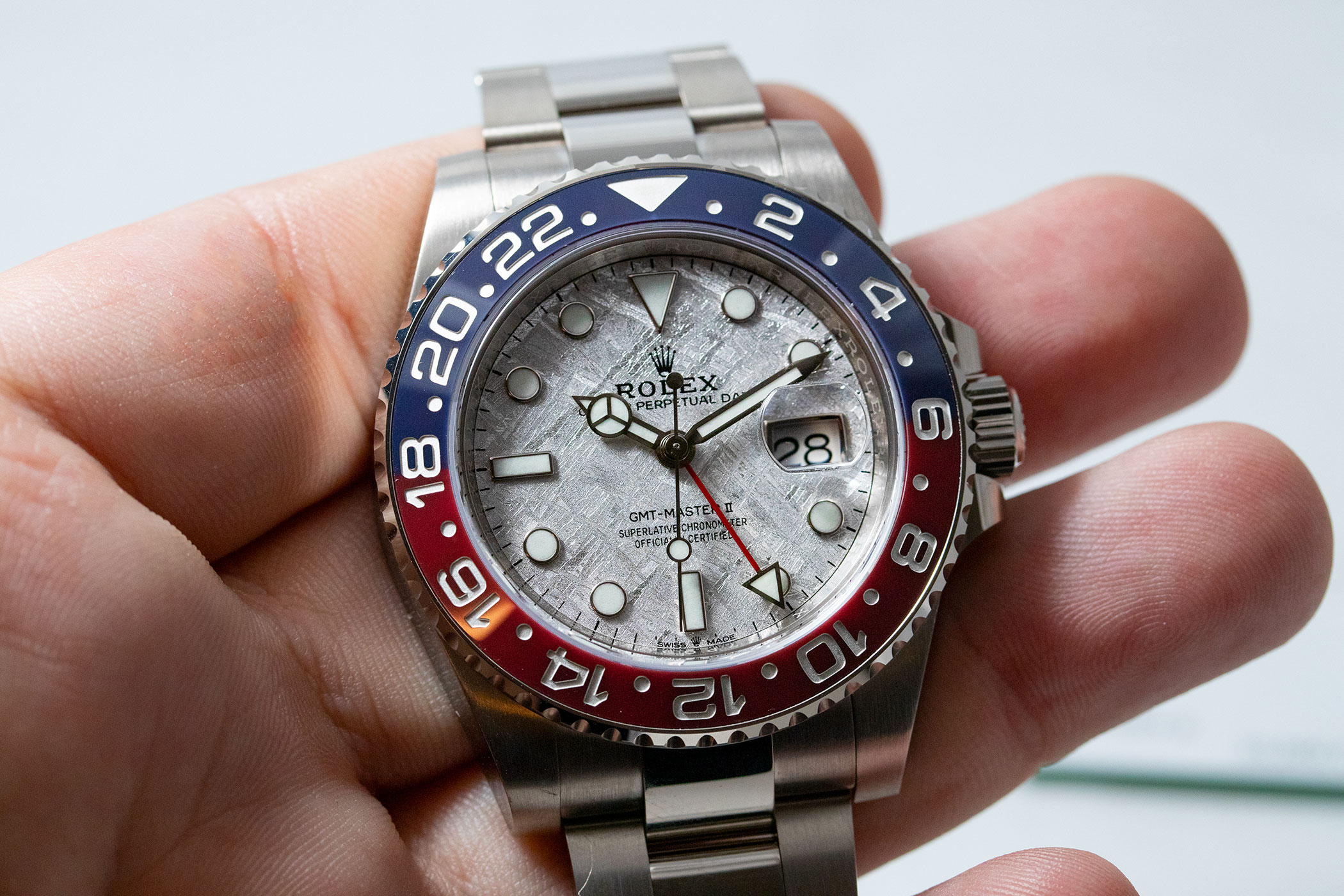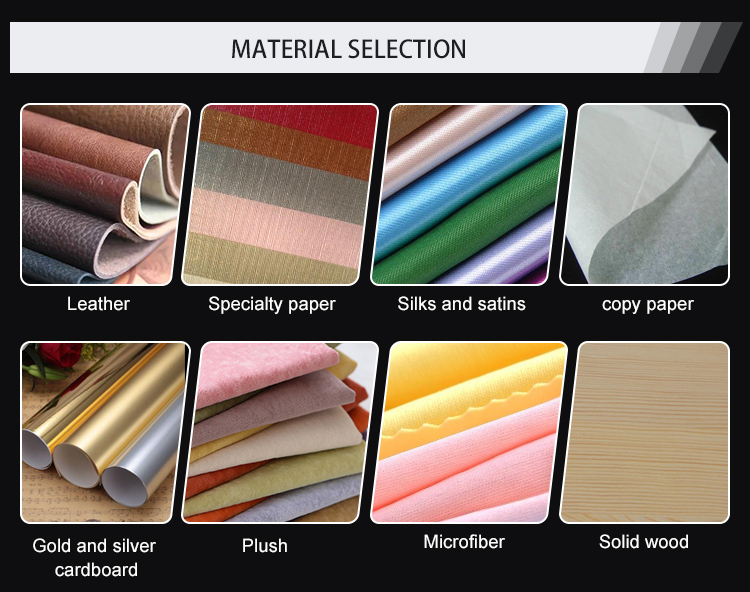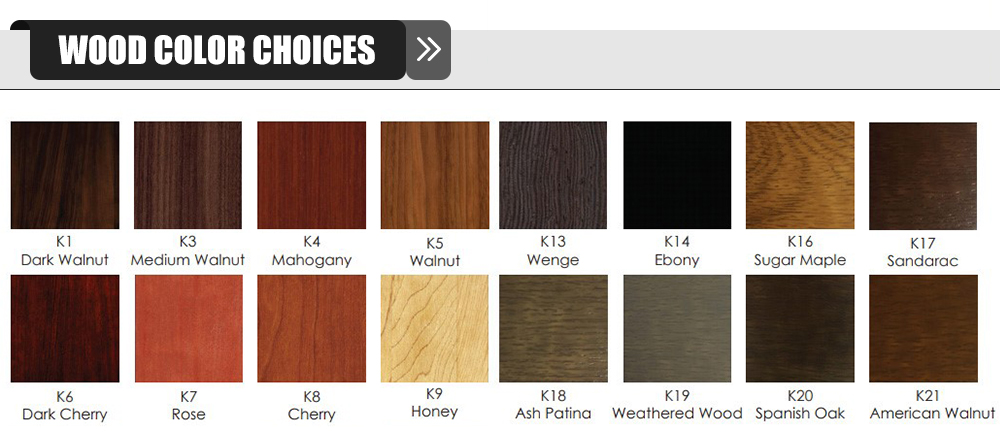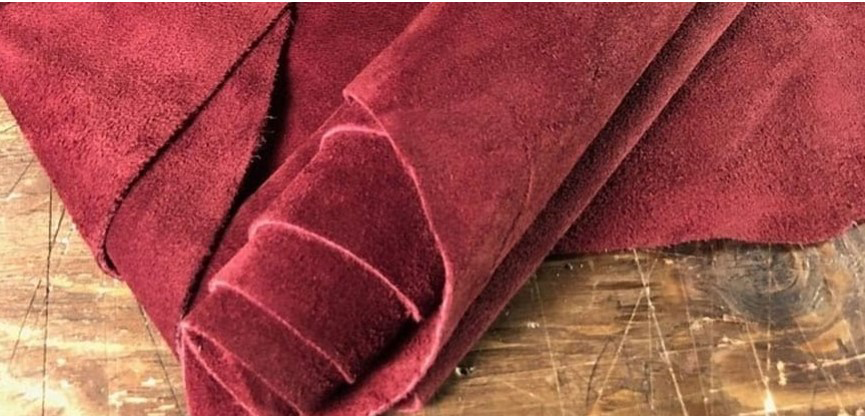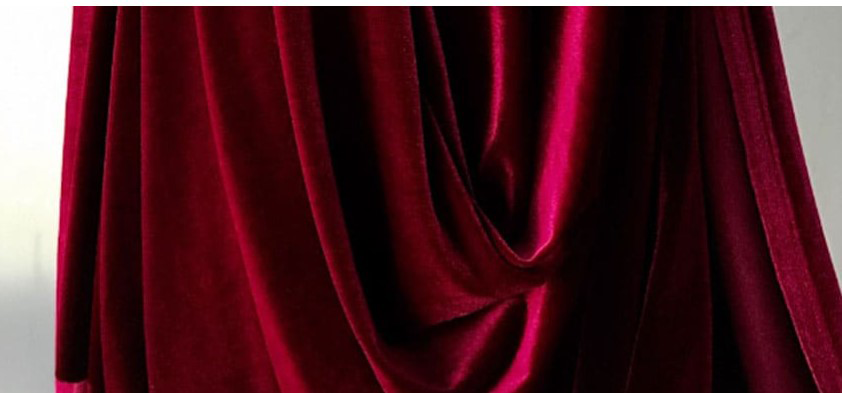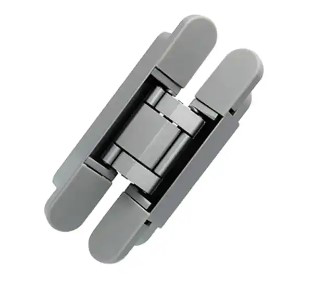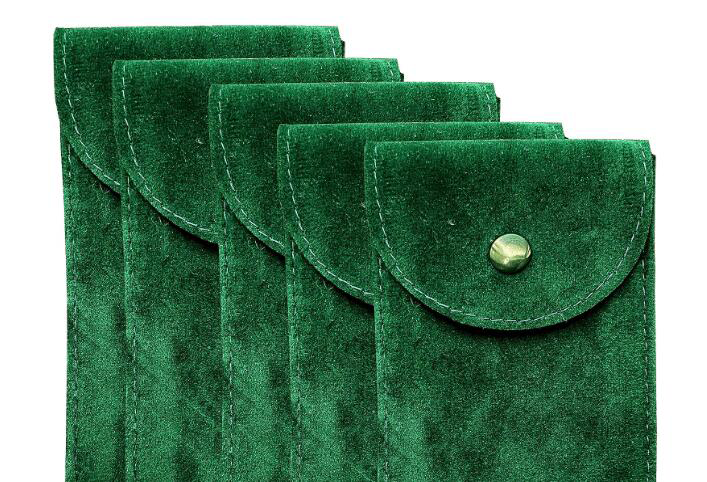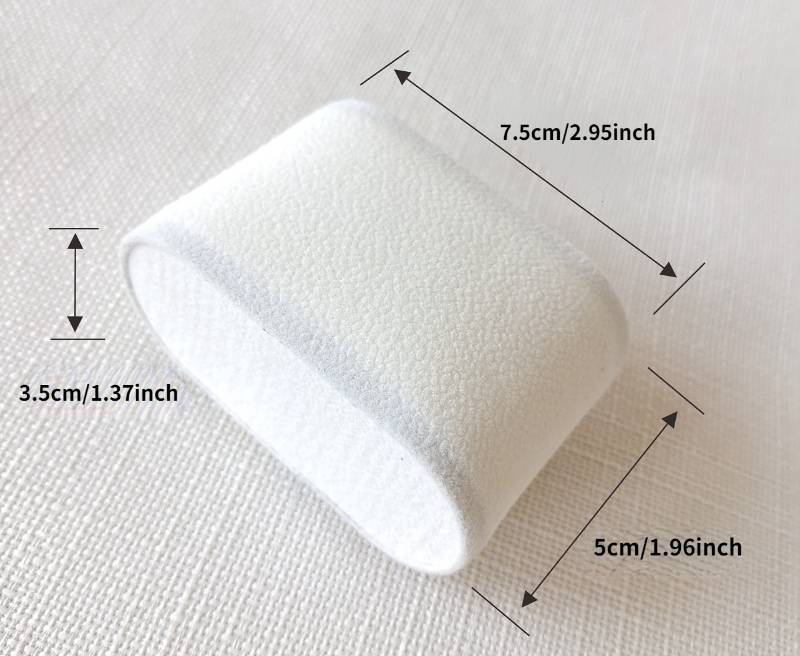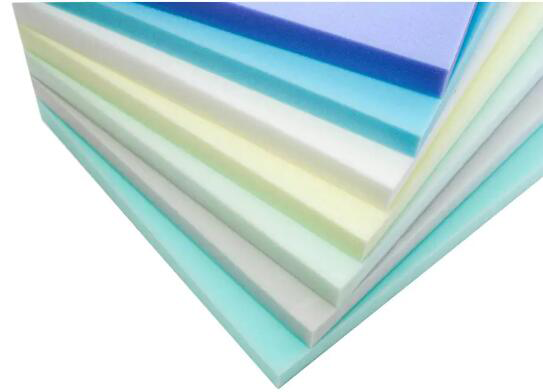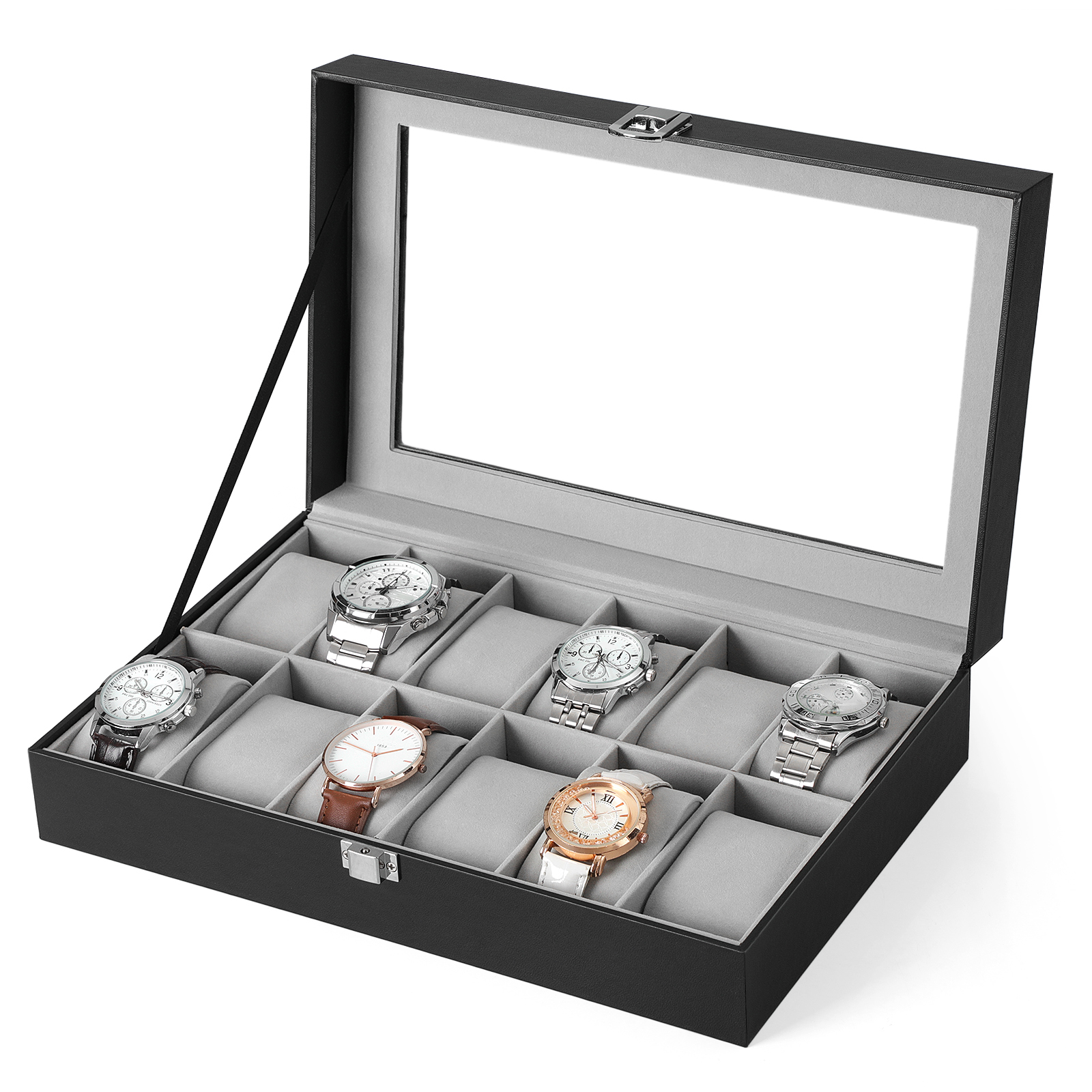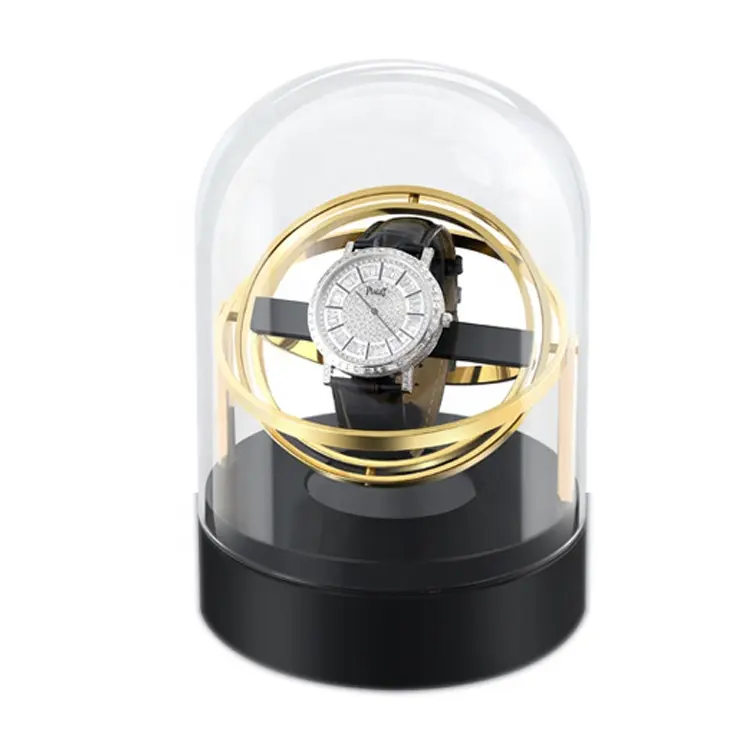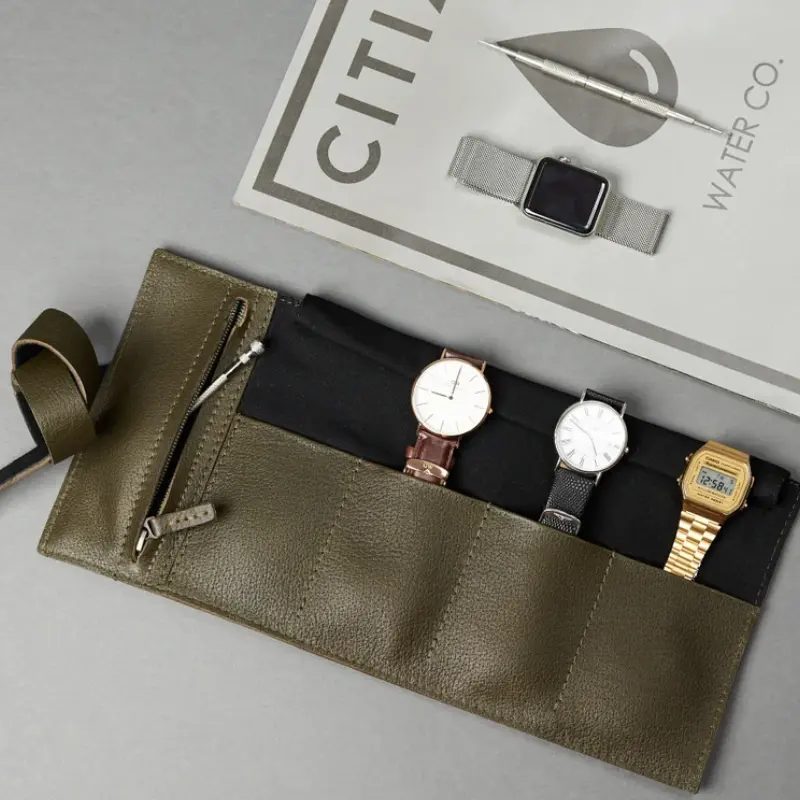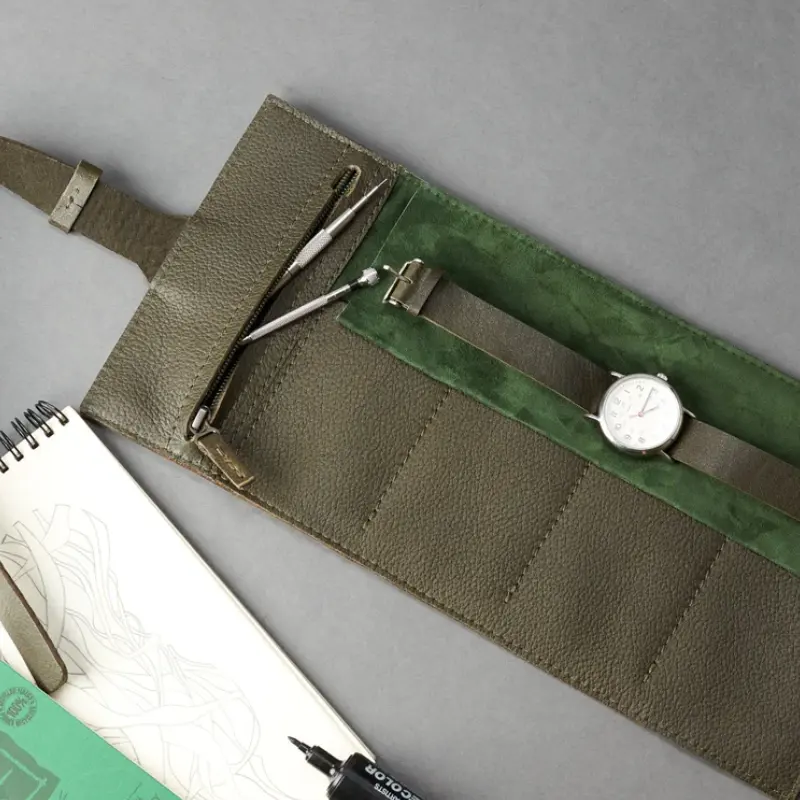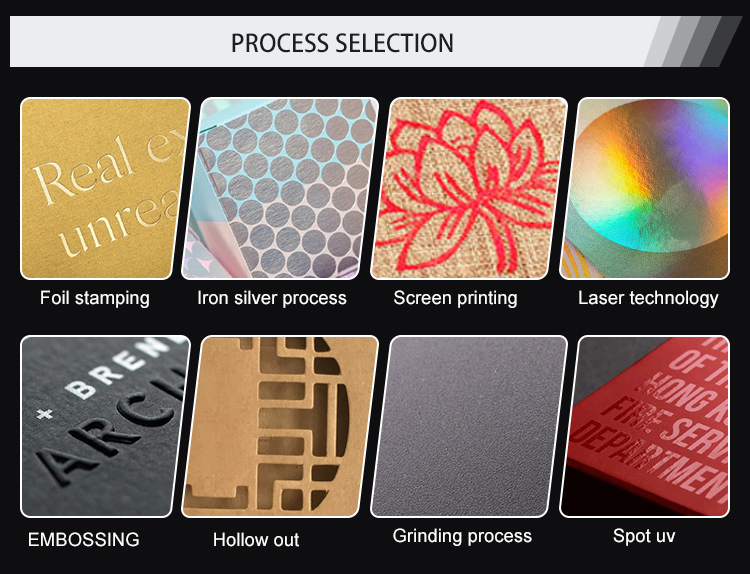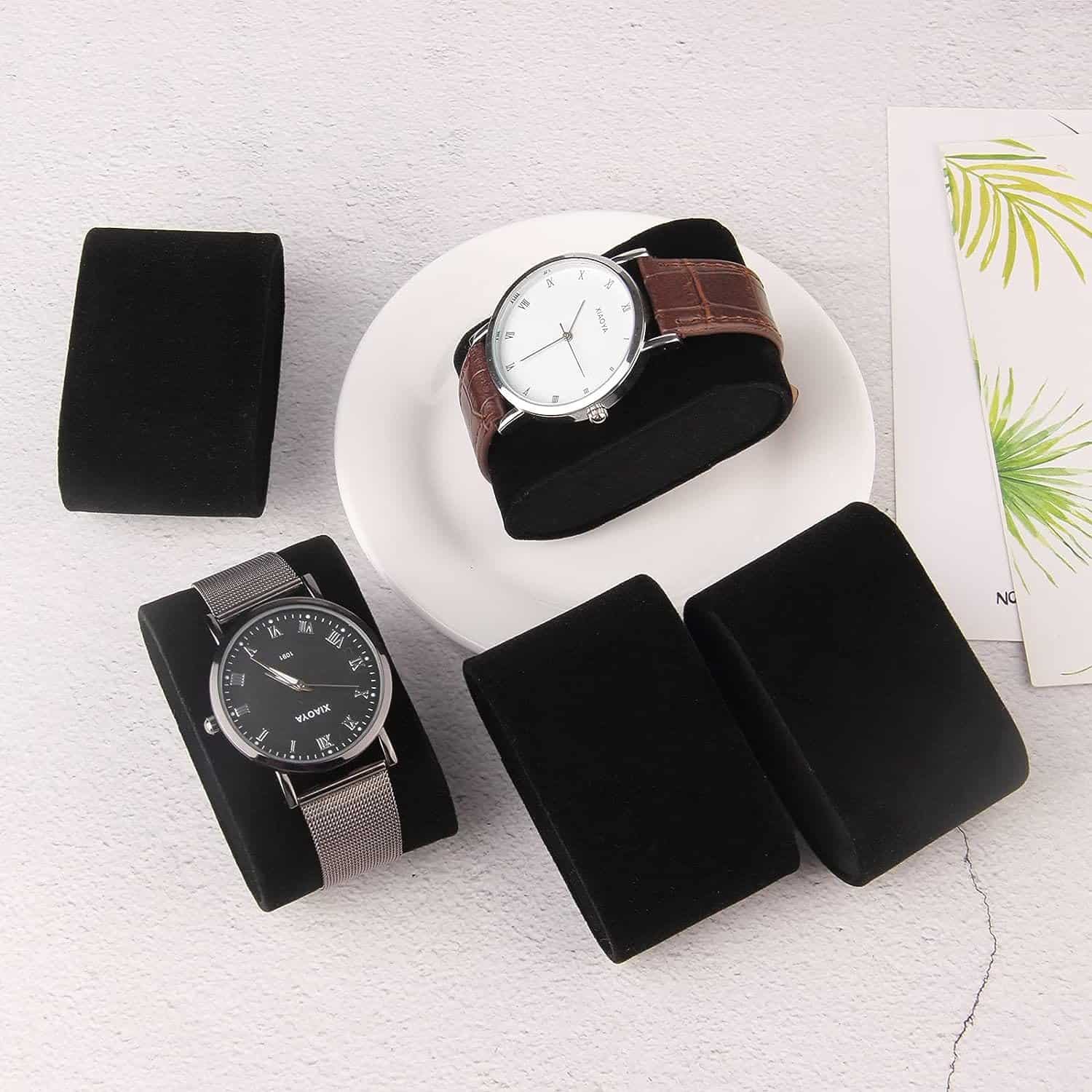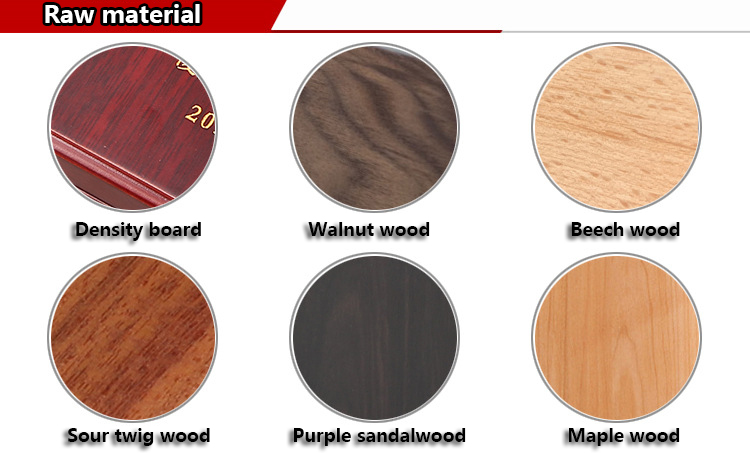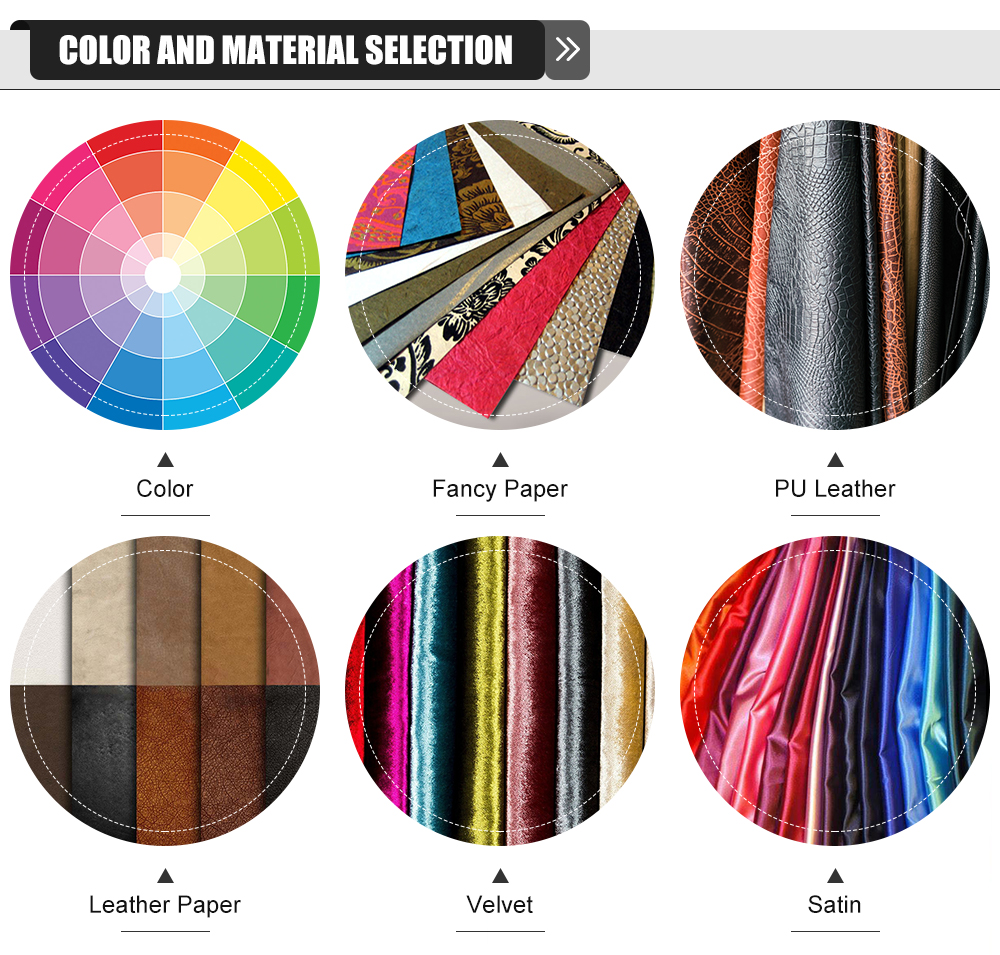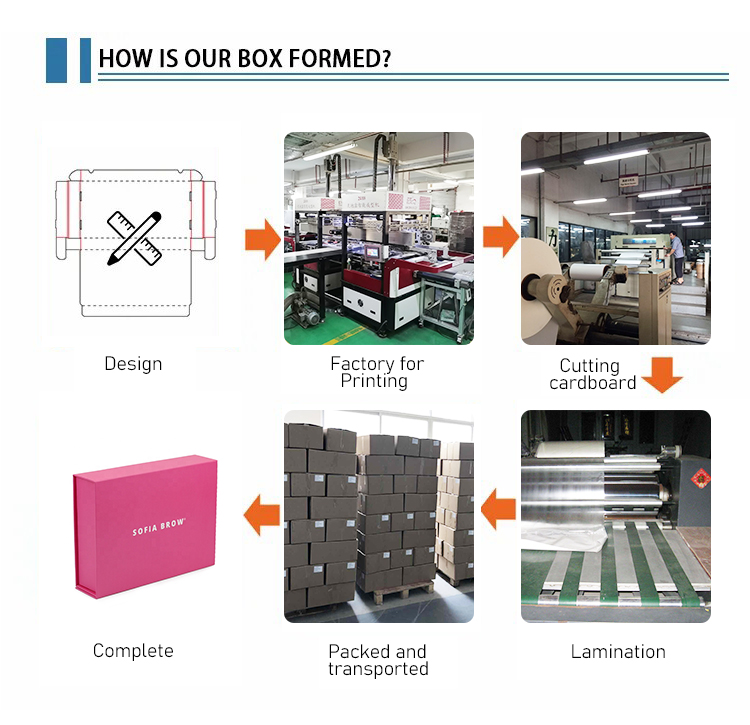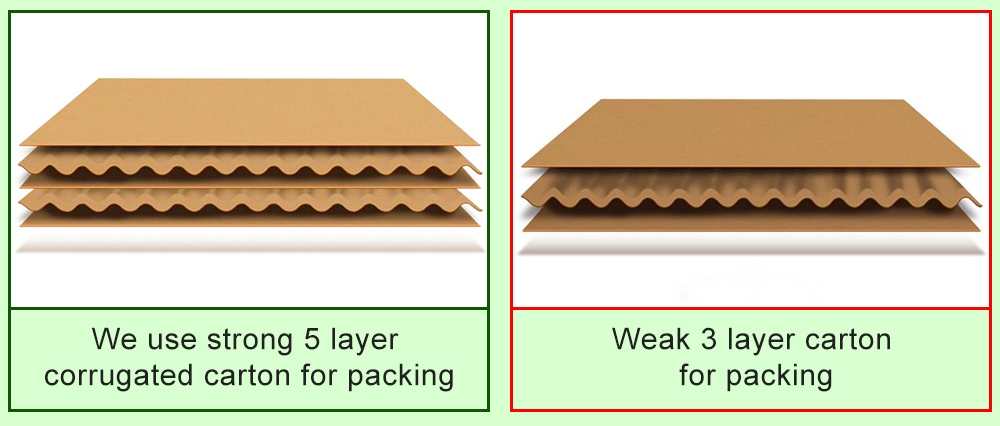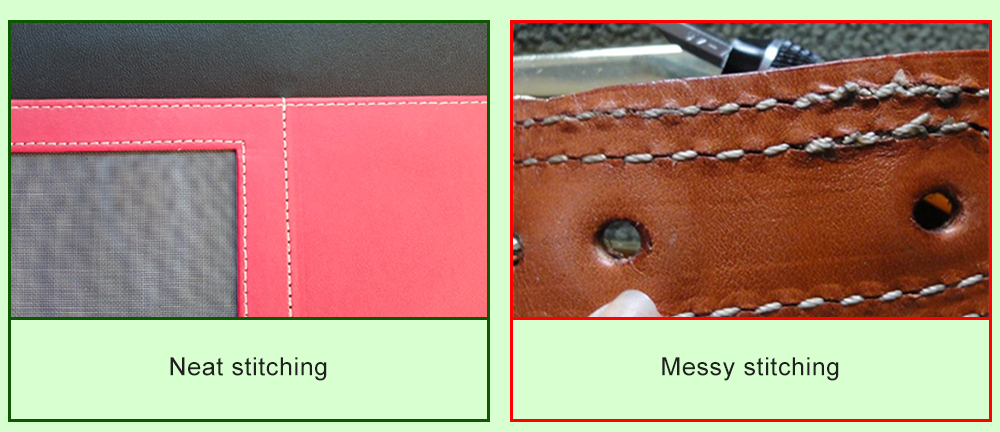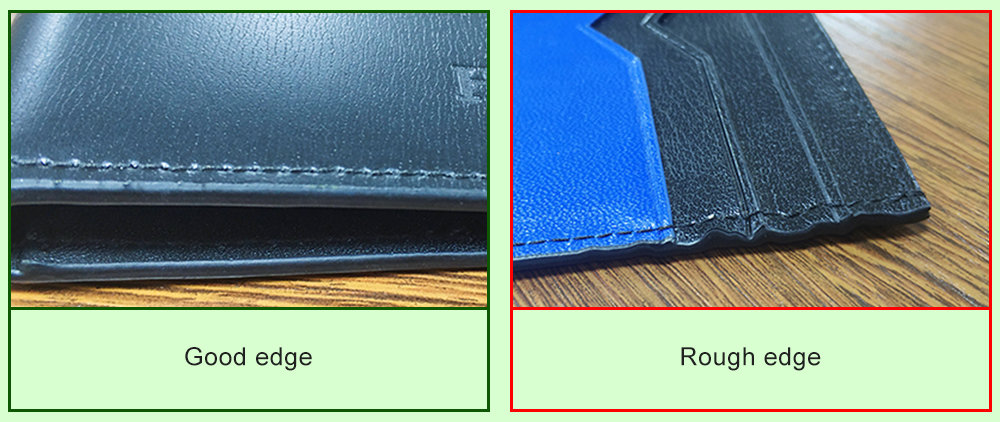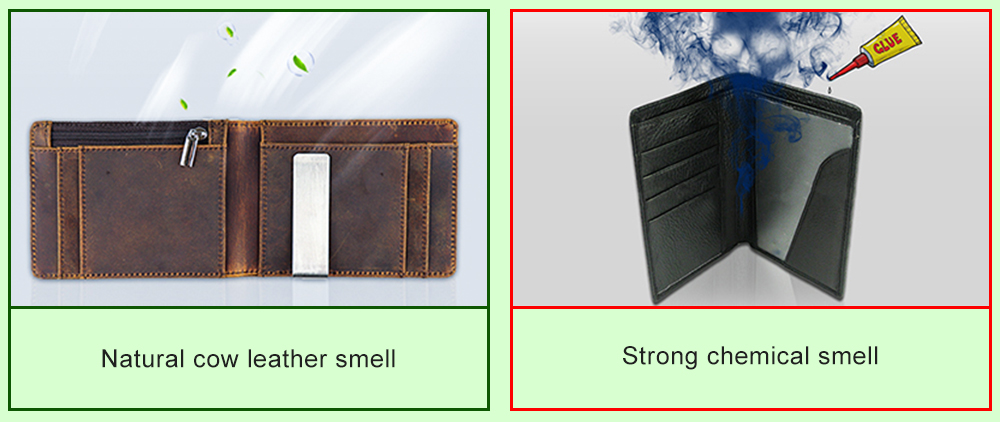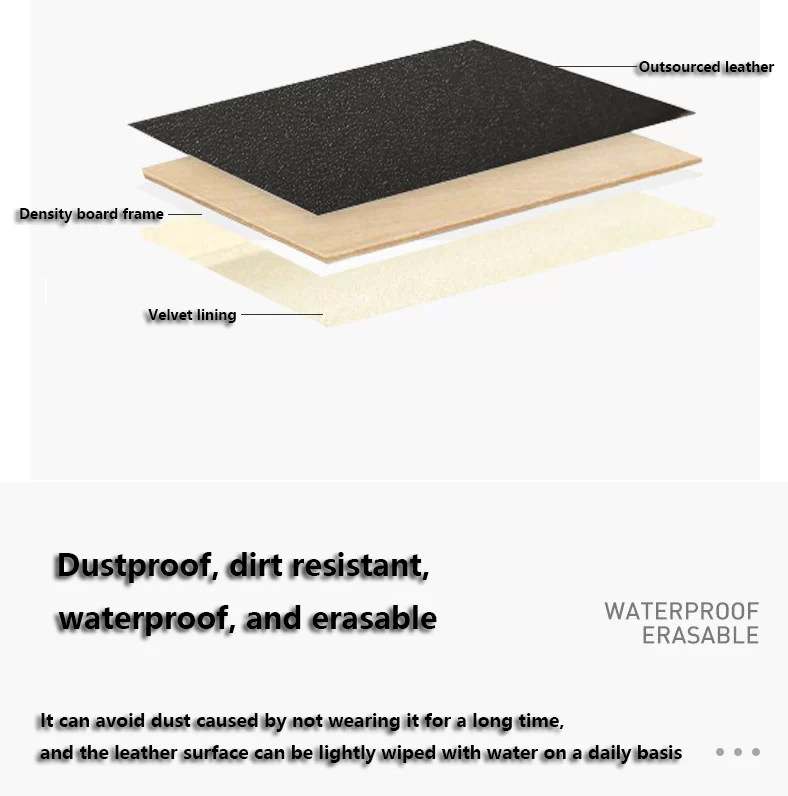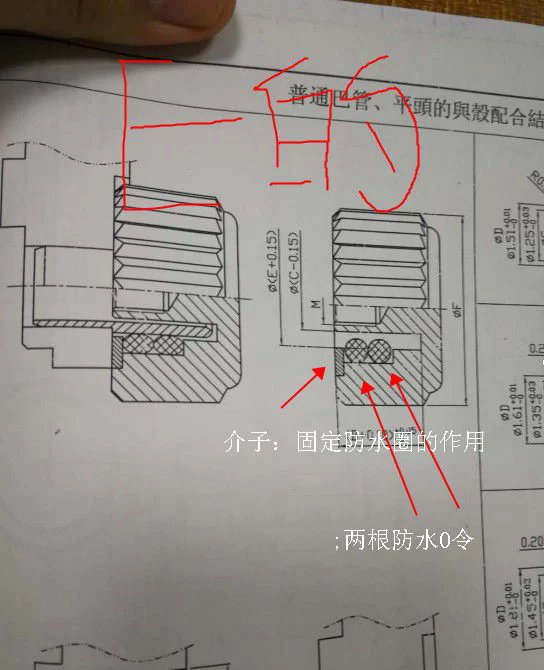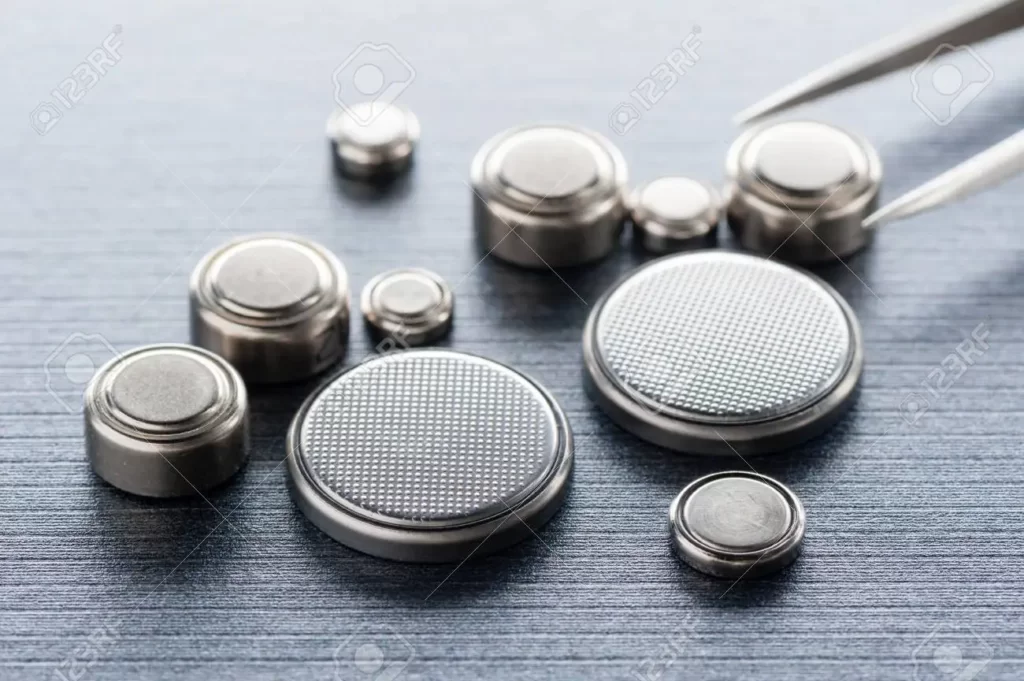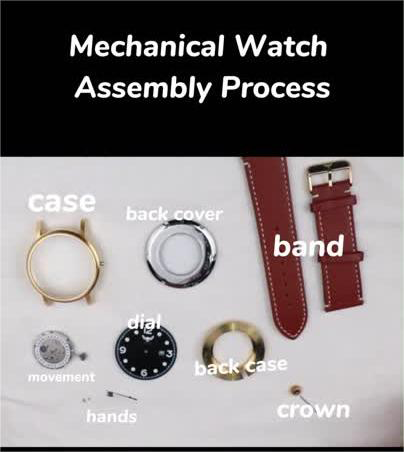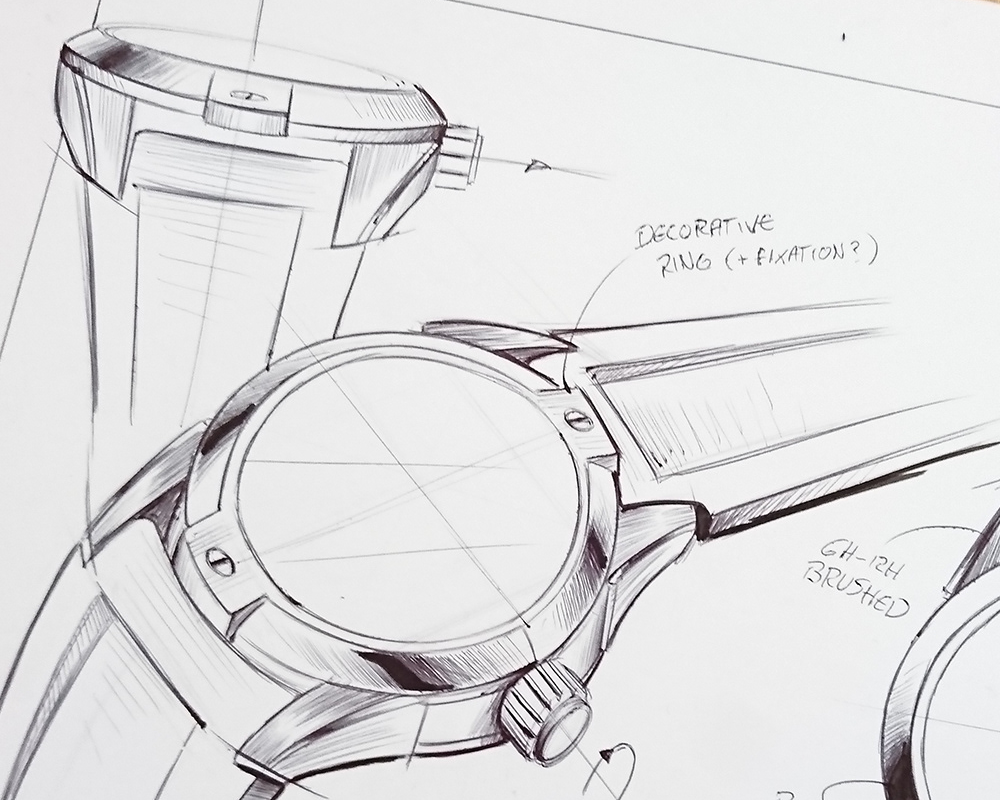Mais diamantes significam melhor nos movimentos do relógio?
Papel dos diamantes nos movimentos dos relógios
O papel dos diamantes nos movimentos dos relógios é multifacetado e crucial para o desempenho geral e a qualidade do relógio. Os diamantes são valorizados por sua excepcional dureza, durabilidade e resistência ao desgaste, tornando-os materiais ideais para vários componentes de um movimento de relógio.
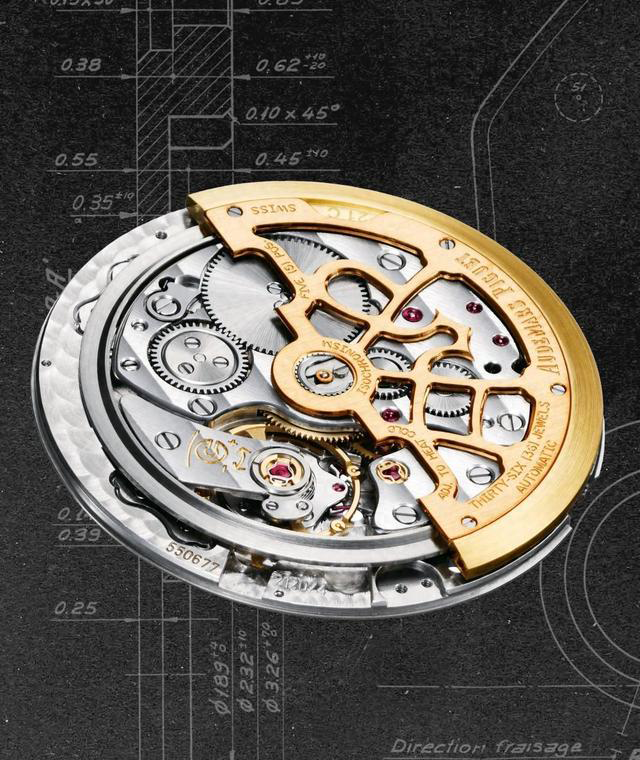
Vantagens de mais diamantes em movimentos de relógios:
As vantagens de incorporar mais diamantes nos movimentos dos relógios são múltiplas e vão além do mero apelo estético. Aqui estão alguns benefícios principais:
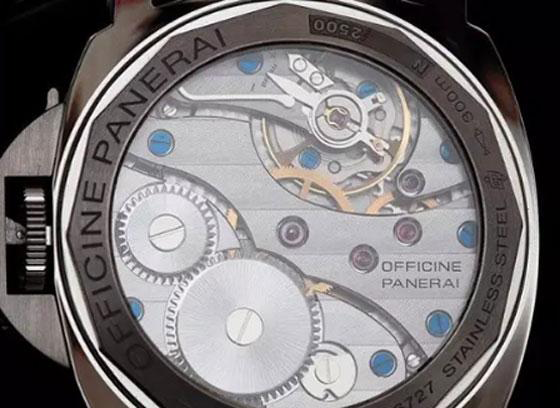
- Durabilidade aprimorada: Os diamantes são conhecidos por sua excepcional dureza e durabilidade. Quando usados em movimentos de relógios, oferecem maior resistência ao desgaste e ao atrito. Isto se traduz em uma vida útil mais longa do relógio, pois os diamantes ajudam a manter a integridade de componentes críticos ao longo do tempo.
- Precisão aprimorada: A natureza precisa e uniforme dos diamantes permite um movimento mais suave dentro do mecanismo do relógio. Isso resulta em maior exatidão e precisão na cronometragem, o que é essencial para relógios de alta qualidade.
- Resistência a arranhões: Os diamantes são altamente resistentes a arranhões, o que os torna um material ideal para proteger componentes delicados de relógios. Relógios com movimentos aprimorados com diamantes são menos propensos a danos na superfície, garantindo que mantenham sua aparência imaculada por períodos mais longos.
- Apelo Estético: Além dos benefícios funcionais, os diamantes acrescentam um toque de luxo e elegância aos movimentos dos relógios. Relógios adornados com diamantes em partes visíveis como mostrador, luneta ou índices exalam sofisticação e prestígio, atraindo consumidores exigentes.
- Retenção de valor: Relógios com movimentos aprimorados com diamantes geralmente mantêm seu valor ao longo do tempo. A durabilidade e a beleza atemporal dos diamantes contribuem para a longevidade do relógio, tornando-o um investimento valioso para colecionadores e entusiastas.
- Design diferenciado: O uso de diamantes permite designs complexos e cativantes nos movimentos dos relógios. Quer se trate de uma configuração pavimentada no mostrador ou de uma luneta adornada com pedras brilhantes, a presença de diamantes acrescenta um toque único e distinto ao design geral do relógio.
Desvantagens do excesso de diamantes nos movimentos dos relógios:
- Aumento de peso: Excessive diamonds in watch movements can significantly increase the overall weight of the timepiece. This can affect wearer’s comfort, especially if the watch is worn for extended periods.
- Volume: Relógios com excesso de diamantes podem tornar-se mais volumosos devido ao material adicional utilizado na sua construção. Isso pode prejudicar o perfil elegante e fino que muitos entusiastas de relógios preferem.
- Custos mais elevados: Relógios adornados com diamantes excessivos geralmente vêm com preços mais altos. O custo de aquisição e cravação de numerosos diamantes pode inflacionar significativamente o preço do relógio, tornando-o menos acessível para alguns consumidores.
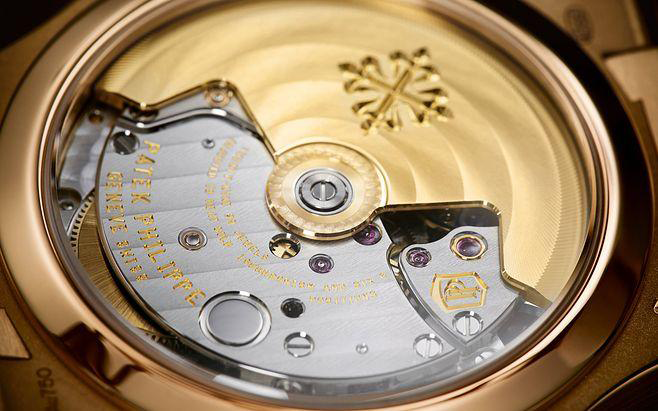
- Legibilidade diminuída: Em alguns casos, a abundância de diamantes no mostrador ou nos ponteiros do relógio pode prejudicar a legibilidade, especialmente em certas condições de iluminação. O brilho e os reflexos dos diamantes podem obscurecer a hora, dificultando a leitura à primeira vista.
- Desafios de manutenção: Os relógios incrustados de diamantes requerem cuidados e manutenção especiais para preservar a sua beleza. A limpeza e a manutenção desses relógios podem ser mais complexas e caras devido à natureza delicada dos diamantes e de suas engastes.
- Gosto Subjetivo: Embora algumas pessoas possam apreciar o luxo de um relógio cravejado de diamantes, outras podem considerá-lo ostentoso ou espalhafatoso. O excesso de diamantes pode polarizar opiniões e pode não agradar às preferências estéticas de todos.
- Risco de danos: Relógios com diamantes em excesso são mais suscetíveis a danos, principalmente se os diamantes não estiverem cravados com segurança. Diamantes soltos ou danificados podem prejudicar a aparência do relógio e exigir reparos dispendiosos.
Os relojoeiros usam vários tipos de diamantes:
- Rubi: Os rubis são comumente usados como rolamentos em movimentos de relógios, como rolamentos de rodas de equilíbrio e rolamentos de rodas de escape. Os rolamentos Ruby podem reduzir o atrito entre as peças mecânicas, melhorando a precisão e a estabilidade do relógio.
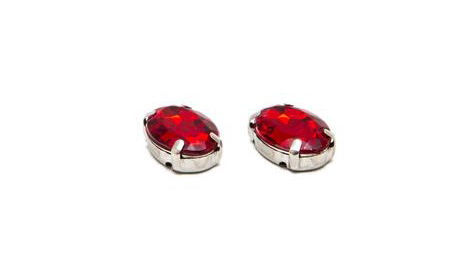
- Rubi Sintético: Os rubis sintéticos também podem ser usados como rolamentos em movimentos de relógios, semelhantes aos rubis naturais, mas mais econômicos.
- Safira: As safiras são normalmente usadas em placas de cobertura transparentes e fundos de caixas transparentes como materiais de proteção e decoração. A transparência e a durabilidade da safira fazem dela a escolha ideal para exibir o artesanato requintado e a construção complexa do movimento.
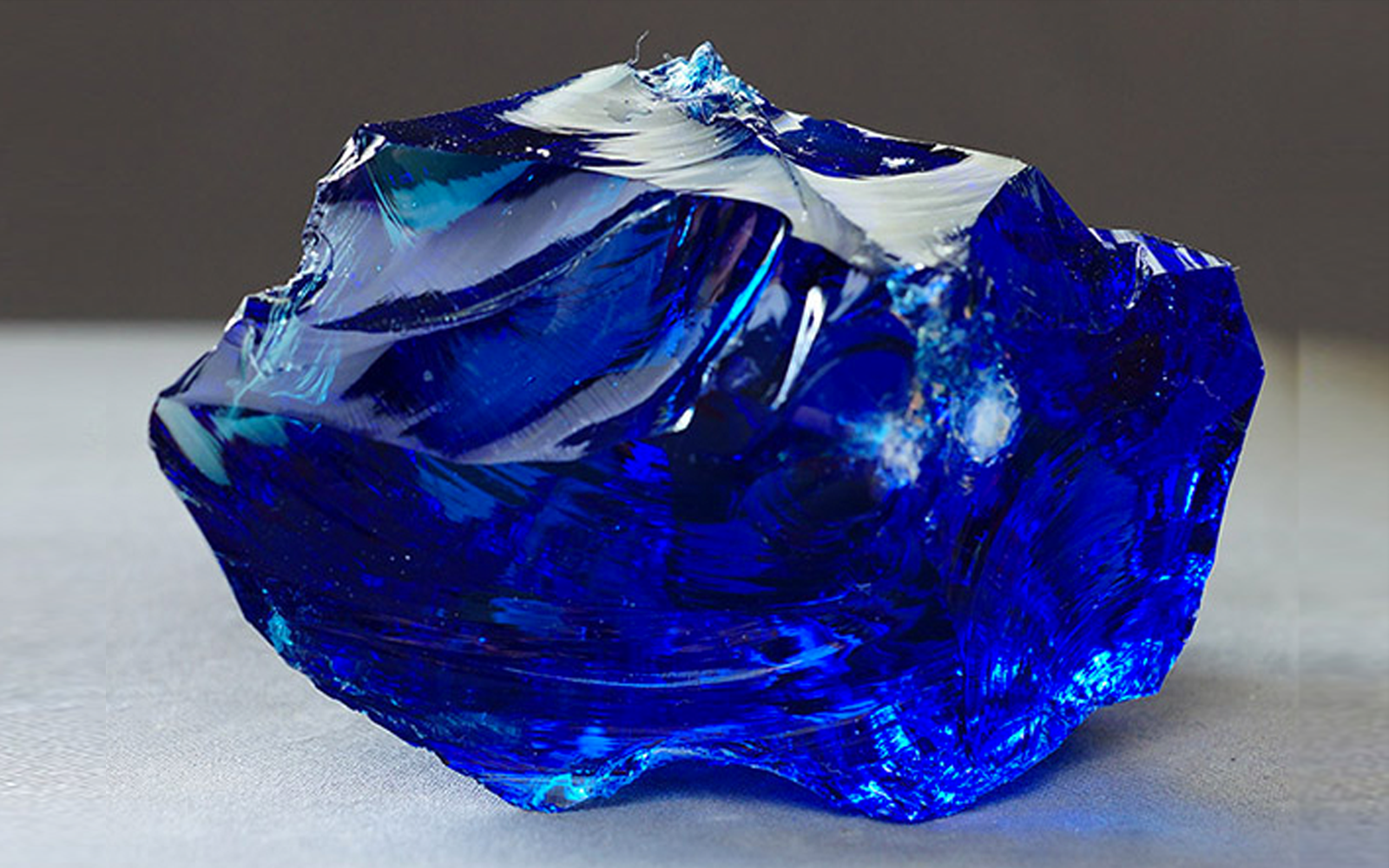
safira - Safira Sintética: Safiras sintéticas, semelhantes às safiras naturais, são comumente usadas em tampas transparentes de relógios e fundos de caixas transparentes para proteger e decorar o movimento.
A forma dos diamantes no movimento do relógio::
As joias em um movimento de relógio normalmente vêm em vários formatos, incluindo:
- Redondo: O formato mais comum das joias usadas em movimentos de relógios é redondo. As joias redondas são versáteis e podem ser usadas em diversas partes do movimento.
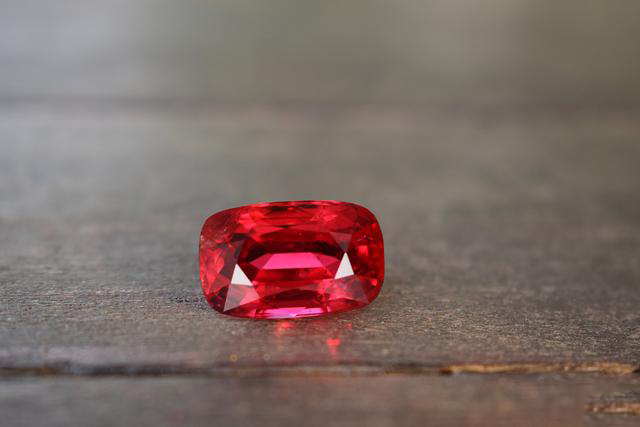
- Oval: Alguns movimentos de relógio podem usar joias de formato oval, especialmente em áreas onde o espaço é limitado ou onde um formato específico é necessário para um desempenho ideal.
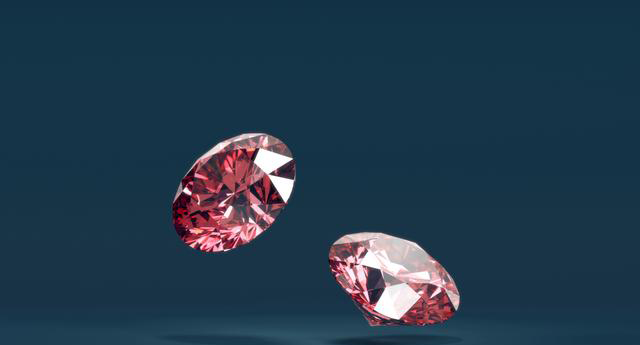
- Quadrado ou Retangular: Joias de formato quadrado ou retangular podem ser utilizadas em áreas específicas do movimento, proporcionando estabilidade e sustentação em espaços angulares ou confinados.
- Em forma de barril: Joias em formato de barril são menos comuns, mas podem ser usadas em partes especializadas do movimento onde um formato único é necessário para um funcionamento preciso.
- Em forma de pêra: Joias em formato de pêra também são ocasionalmente usadas em movimentos de relógios, especialmente em áreas onde um formato cônico ou pontiagudo é vantajoso.
Referência:https://en.wikipedia.org/wiki/Jewel_bearing
No geral, o formato das joias em um movimento de relógio é determinado pelos requisitos específicos de cada parte do movimento e pelas preferências de design do relojoeiro.
De onde vêm os diamantes nos movimentos dos relógios?
Os rubis normalmente usados em movimentos de relógios são provenientes de depósitos minerais de rubi natural. Os depósitos de rubi podem ser encontrados em todo o mundo, com os principais países produtores, incluindo Mianmar, Tailândia, Sri Lanka e Tanzânia. Estas regiões são conhecidas pelos seus depósitos de rubis de alta qualidade. Durante o processo de mineração, as rochas contendo rubi são extraídas e passam por processamento e corte para produzir os rolamentos de rubi e outros componentes usados nos movimentos dos relógios.
Qual a função dos Diamantes nos movimentos dos relógios
As joias nos movimentos dos relógios desempenham um papel crucial em vários aspectos:
- Redução de Fricção: As joias, normalmente feitas de safira sintética ou rubi, servem como rolamentos ou assentos no movimento. Sua alta dureza e superfície lisa ajudam a reduzir o atrito entre as peças mecânicas, garantindo o bom funcionamento do movimento.

- Precisão aprimorada: Devido à sua estrutura e dureza uniformes, as joias proporcionam suporte e equilíbrio estáveis, contribuindo para maior precisão e estabilidade do relógio.
- Vida útil estendida: A dureza e a resistência ao desgaste das joias protegem componentes críticos do movimento, como os rolamentos da roda de equilíbrio e os rolamentos da roda de escape, reduzindo o desgaste e prolongando a vida útil do relógio.
- Maior confiabilidade: A estabilidade e durabilidade das joias no movimento garantem uma operação estável a longo prazo, aumentando a confiabilidade e durabilidade do relógio.
No geral, as joias nos movimentos dos relógios desempenham um papel vital para garantir a operação precisa e a confiabilidade do relógio a longo prazo.
Como determinar se um relógio sofisticado usa pedras decorativas ou funcionais?
Para determinar se as pedras preciosas utilizadas num relógio topo de gama são decorativas ou funcionais, vários factores podem ser considerados:
- Posição e Quantidade: Primeiramente, deve-se atentar para a posição e quantidade das pedras preciosas. Se as pedras preciosas estiverem concentradas principalmente no mostrador, na luneta, nos ponteiros e em outras partes estéticas do relógio, e houver um grande número delas, provavelmente são pedras decorativas usadas para melhorar o apelo visual e o luxo do relógio. Por outro lado, se as pedras preciosas são utilizadas principalmente em peças-chave do movimento, como rolamentos e paletes, onde a sua presença é crucial para melhorar a precisão e a estabilidade do relógio, são provavelmente pedras preciosas funcionais.
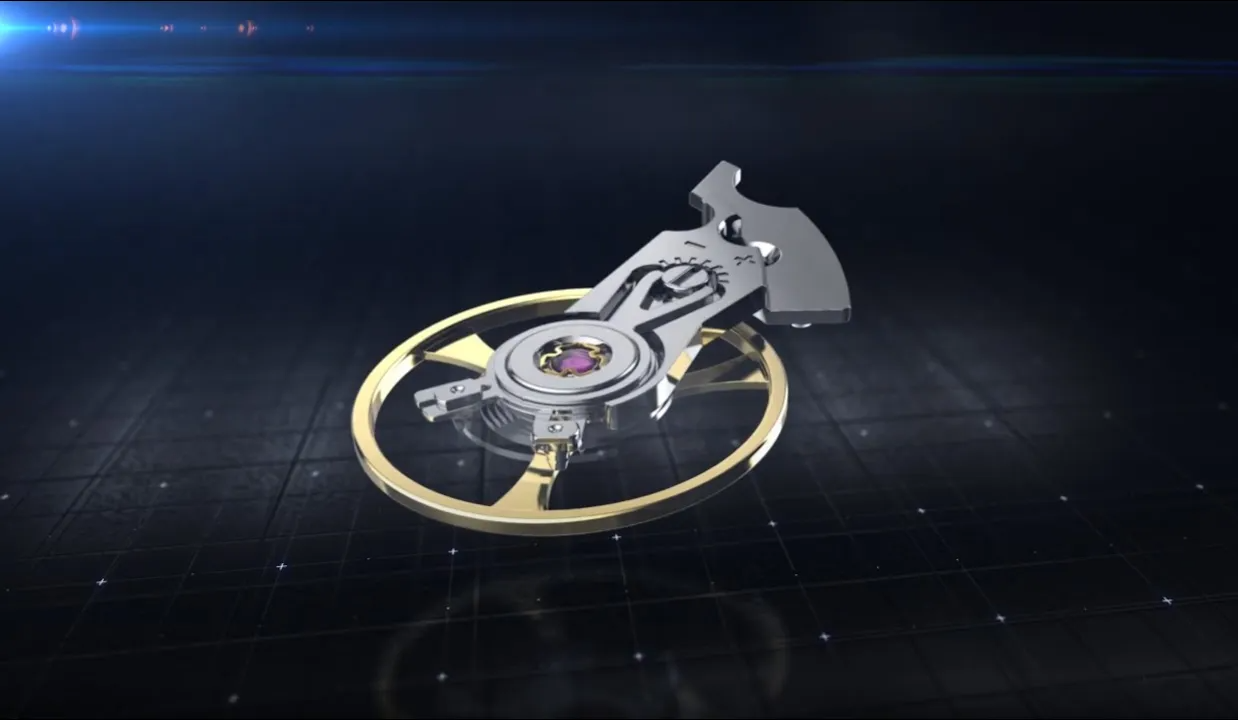
- Material e Qualidade: Em segundo lugar, o material e a qualidade das pedras preciosas devem ser considerados. As pedras preciosas decorativas são frequentemente escolhidas pelas suas cores vibrantes e aparência atraente, como diamantes e pedras preciosas coloridas, para realçar o efeito visual e o luxo do relógio. As gemas funcionais, por outro lado, priorizam a dureza, a transparência e a pureza para garantir que possam fornecer suporte funcional de alta qualidade.
- Marca e Posicionamento: Por último, a marca e o posicionamento do relógio também devem ser levados em consideração. Algumas marcas de relógios sofisticados concentram-se mais na estética e no luxo em seus designs, e as pedras preciosas podem ser usadas principalmente para decoração. Em contrapartida, as marcas de relógios técnicos priorizam a funcionalidade e o desempenho, e as pedras preciosas podem ser mais utilizadas para melhorar a qualidade e a precisão do movimento.
Concluindo, observando a posição e a quantidade, o material e a qualidade das pedras preciosas, bem como a marca e o posicionamento do relógio, pode-se fazer um julgamento relativamente preciso sobre se as pedras preciosas usadas em um relógio de alta qualidade são decorativas ou funcionais. .
Os diamantes nos movimentos de relógios de alta qualidade são valiosos?
Desde o aparecimento das pedras preciosas sintéticas em 1892, os fabricantes de relógios têm utilizado predominantemente óxido de alumínio e agentes corantes (como o óxido de cromo) sinterizados em altas temperaturas para formar rubis vermelhos. No entanto, antes de 1800, rubis naturais caros eram usados em movimentos de relógios. Portanto, os relógios mecânicos com rolamentos de rubi eram considerados relógios de alta qualidade na época e tinham preços elevados.
Como a maioria das pedras preciosas usadas hoje em movimentos de relógios de alta qualidade são sintéticas, isso significa que essas pedras preciosas não têm sentido?
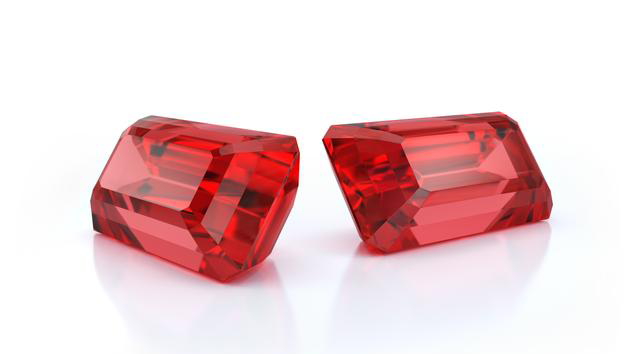
As pedras preciosas usadas em movimentos de relógios de alta qualidade normalmente têm algum valor, mas seu valor depende de vários fatores:
Qualidade de pedras preciosas: A qualidade da pedra preciosa impacta significativamente o seu valor. Pedras preciosas naturais de alta qualidade, como rubis e safiras premium, bem como pedras preciosas sintéticas, como rubis e safiras sintéticas, geralmente têm valor mais alto. Sua clareza, cor e pureza influenciam diretamente seu valor de mercado.
Quantidade e tamanho das pedras preciosas: O número e o tamanho das pedras preciosas usadas nos movimentos dos relógios também afetam seu valor. Geralmente, os movimentos com mais pedras preciosas e tamanhos maiores tendem a ter um valor relativamente mais elevado porque implica que o fabricante de relógios investiu mais custos e habilidade no processo de produção.
Marca e modelo do relógio: A marca e o modelo do relógio também são fatores importantes na determinação do valor das pedras preciosas no movimento. Algumas marcas de relógios conhecidas e modelos específicos podem ter um valor de colecionador mais elevado devido à sua raridade e singularidade, aumentando potencialmente o valor global do movimento.

Demanda e tendências do mercado: Por último, a demanda e as tendências do mercado também impactam o valor das pedras preciosas nos movimentos dos relógios. Se um determinado tipo de relógio ou marca específica for preferido por colecionadores ou consumidores, como resultado, as pedras preciosas usadas neles poderão valorizar-se.
Na verdade, essas gemas desempenham um papel insubstituível devido à sua alta dureza (dureza Mohs de 9), resistência ao desgaste, boa rugosidade superficial e baixo coeficiente de atrito (coeficiente de atrito geralmente atingindo 0,14 sob atrito seco quando usado em conjunto com peças metálicas, e o coeficiente de atrito pode ser reduzido para 0,01 sob boas condições de lubrificação).
Quando usados como rolamentos no movimento, a eficiência de transmissão das engrenagens é bastante melhorada, tornando o relógio mais preciso e prolongando significativamente sua vida útil. Pode-se dizer que a quantidade de joias é um importante indicador da qualidade de um relógio mecânico, e a quantidade de pedras preciosas costuma estar marcada no mostrador.
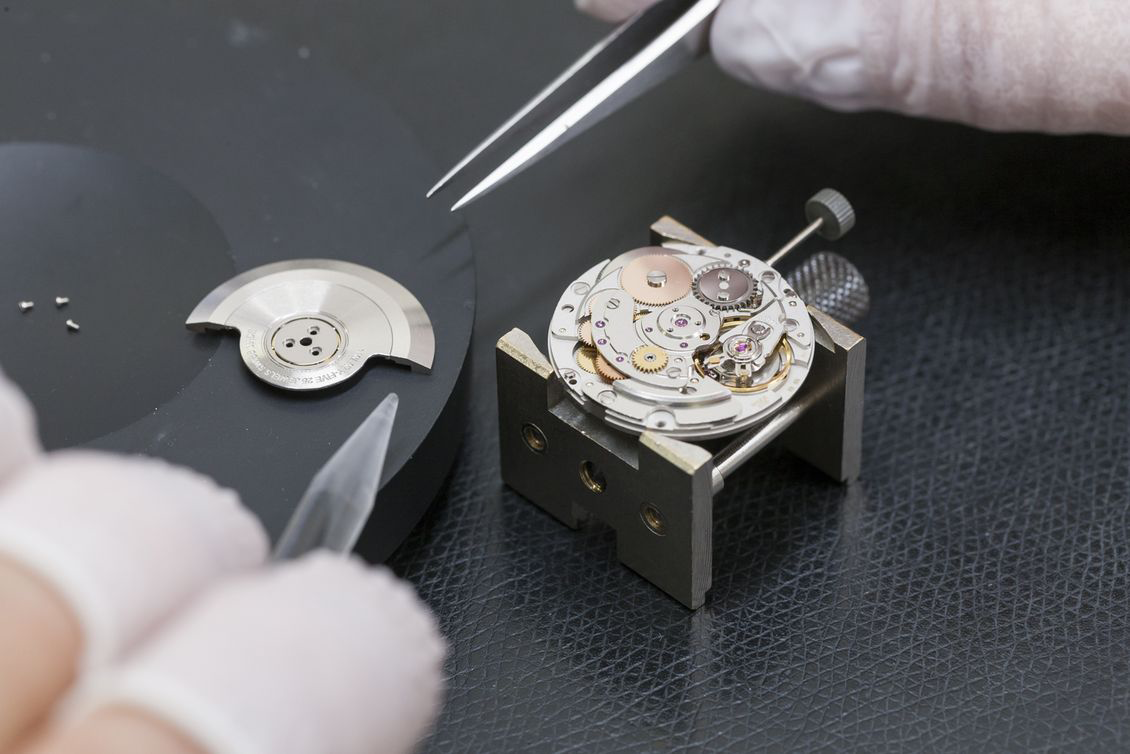
Therefore, in the past, some watch manufacturers, in order to attract consumers’ attention, marked the quantity of non-functional diamonds (decorative diamonds) on the movement, dial, and case of mechanical watches. This practice, such as having small dials with many diamonds (there are watches with 88 diamonds on the market), is obviously misleading to consumers who are not knowledgeable about watches.
Para conter esta situação, a norma internacional ISO-1112 estipula que apenas a quantidade de pedras funcionais pode ser marcada no mostrador; independentemente do número de gemas não funcionais, a marcação não é permitida.
Pelo exposto, podemos ver que quanto mais pedras preciosas usadas em um movimento não significa necessariamente melhor. O número médio de joias em um movimento mecânico típico é de cerca de 19 (cerca de 25 para movimentos mecânicos automáticos). Além disso, se existirem outros mecanismos complexos, o número de joias em relógios personalizados poderá aumentar. No entanto, é certo que a importância das gemas decorativas é ligeiramente inferior à das gemas funcionais.
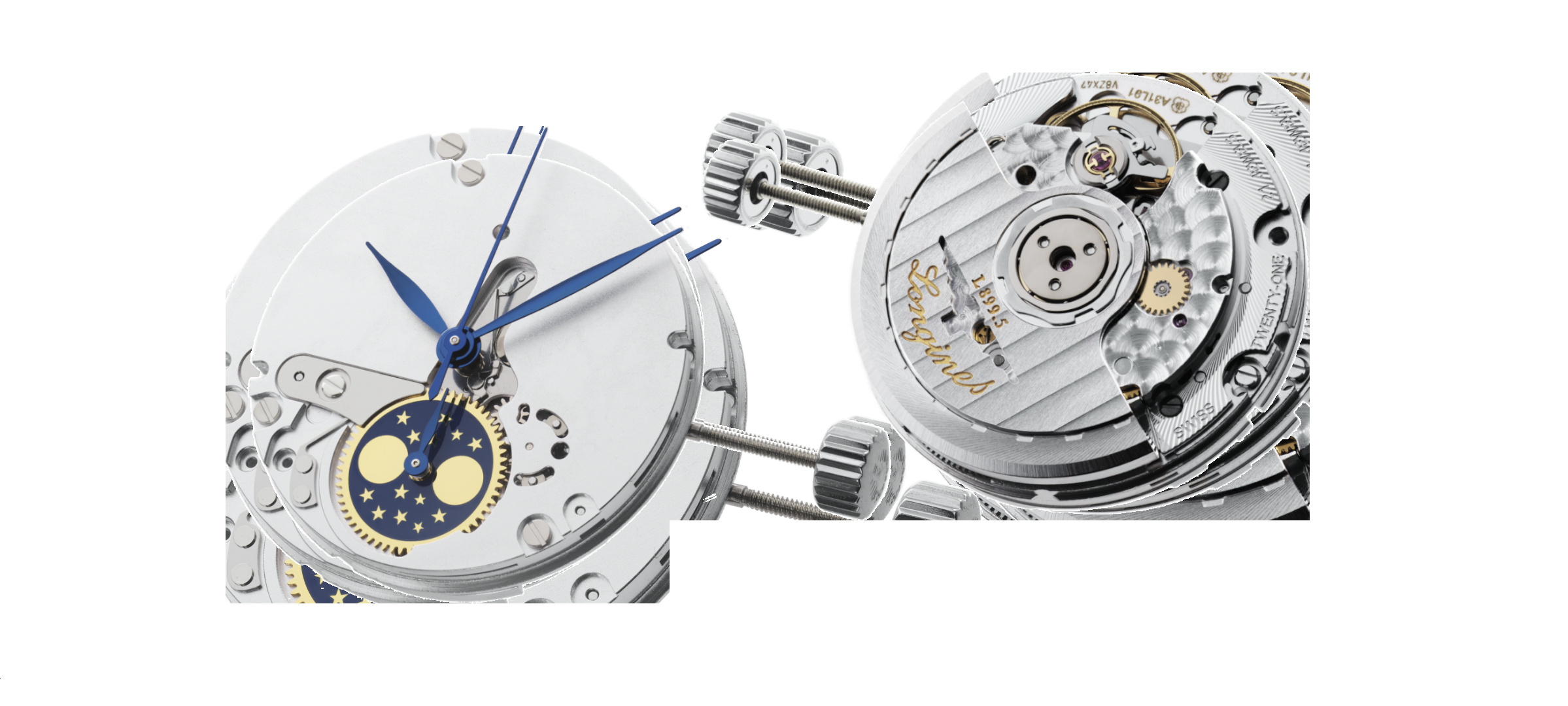
Em resumo, as pedras preciosas usadas em movimentos de relógios de alta qualidade geralmente têm algum valor, mas seu valor específico depende do impacto abrangente de vários fatores.
Dicas de especialistas para selecionar relógios com diamantes
- Defina um orçamento: Determine seu orçamento antes de iniciar sua busca por um relógio de diamantes. Os preços podem variar significativamente com base em fatores como a qualidade e quantidade dos diamantes, bem como a marca e o acabamento do relógio.
- Considere a qualidade do diamante: Preste atenção à qualidade dos diamantes utilizados no relógio. Procure diamantes com alta clareza, cor e qualidades de corte para garantir o máximo brilho e brilho.
- Avalie o artesanato: Avalie o acabamento do relógio, incluindo a cravação dos diamantes e a construção geral. Certifique-se de que os diamantes estejam bem cravados para minimizar o risco de danos ou perda.
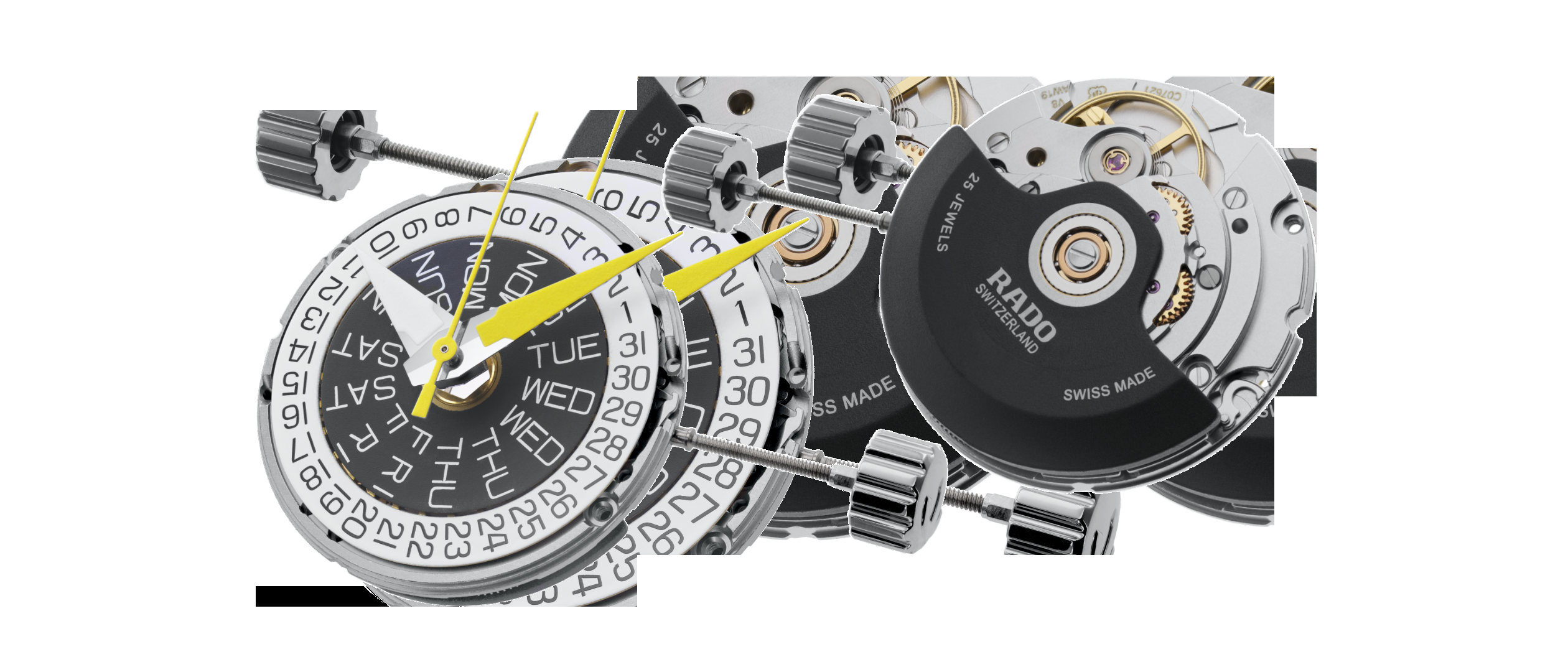
Movimento mecânico - Escolha uma marca respeitável: Opte por uma marca conceituada, conhecida pela sua qualidade e artesanato. Relojoeiros estabelecidos com um histórico de produção de relógios de alta qualidade têm maior probabilidade de oferecer relógios de diamantes confiáveis.
- Pesquise o Movimento: Observe o movimento do relógio e considere fatores como precisão, confiabilidade e funcionalidade. Um movimento de alta qualidade é essencial para garantir o desempenho do relógio a longo prazo.
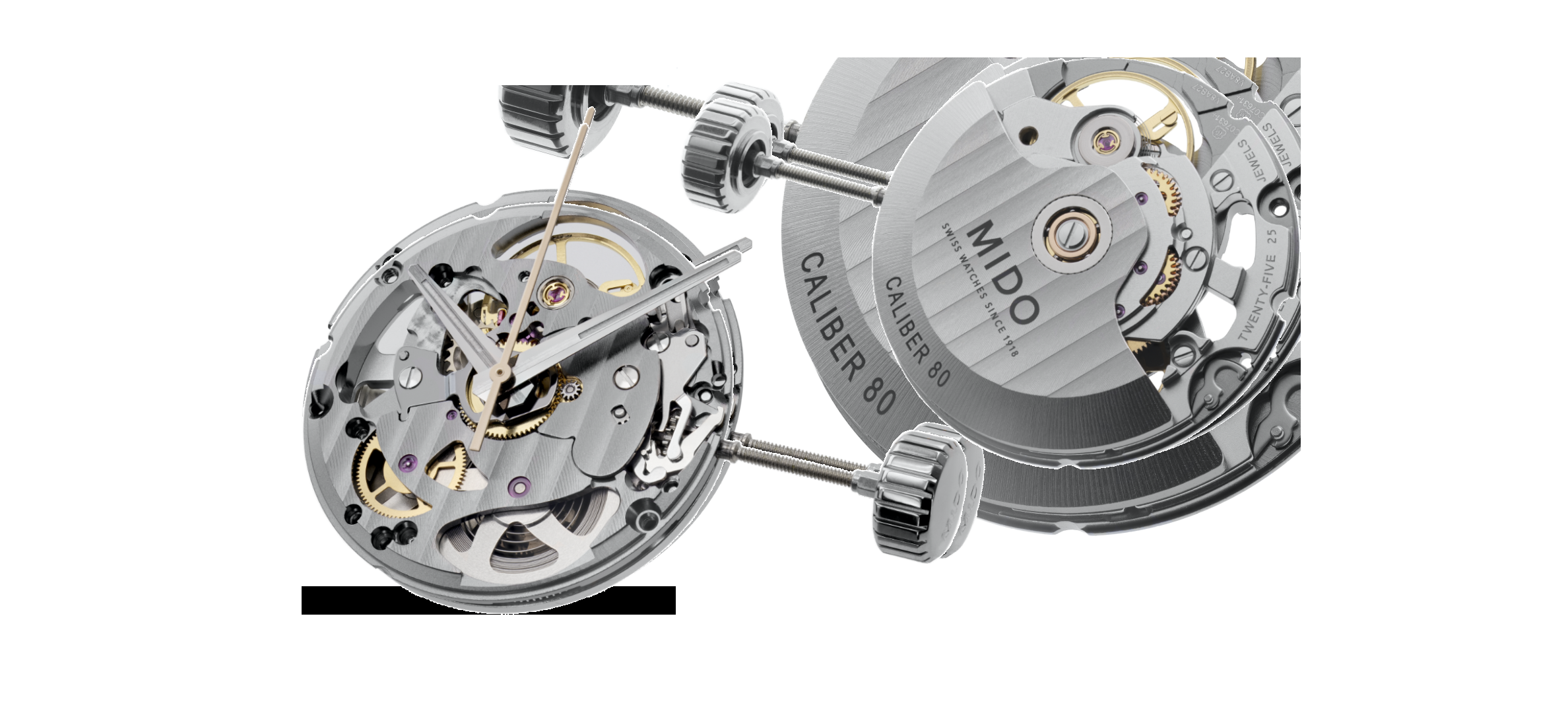
Movimento mecânico - Considere seu estilo de vida: Leve em consideração o seu estilo de vida ao selecionar um relógio de diamantes. Se você leva um estilo de vida ativo ou trabalha em ambientes onde o relógio pode estar sujeito a condições adversas, escolha um relógio com design durável e construção robusta.
- Procure aconselhamento especializado: Consulte especialistas experientes ou observe entusiastas para obter conselhos e recomendações. Eles podem fornecer informações valiosas sobre a qualidade, o valor e o desempenho de diferentes relógios com diamantes.
- Experimente antes de comprar: Sempre que possível, experimente o relógio antes de fazer uma compra. Preste atenção na sensação do seu pulso e em como os diamantes captam a luz. Certifique-se de que o relógio seja confortável de usar e adequado ao seu estilo pessoal.
- Garantia de pesquisa e opções de serviço: Verifique as opções de garantia e serviço oferecidas pelo fabricante ou revendedor. Uma garantia abrangente e opções de serviço confiáveis podem proporcionar tranquilidade e garantir que seu investimento esteja protegido.
- Confie nos seus instintos: Em última análise, confie nos seus instintos e escolha um relógio de diamantes que fale com você. Selecione um relógio que corresponda ao seu estilo, preferências e valores pessoais, garantindo que você gostará de usá-lo por muitos anos.
Manutenção e cuidados com relógios de diamante:
- Limpeza Regular: Limpe seu relógio de diamante regularmente para remover sujeira, óleos e detritos que possam se acumular na superfície. Use um pano macio e sem fiapos umedecido com água e sabão neutro para limpar suavemente o relógio, tomando cuidado para não mergulhá-lo em água.
- Evite produtos químicos agressivos: Evite expor seu relógio de diamantes a produtos químicos agressivos, como alvejante, amônia ou cloro, pois podem danificar o metal e degradar a qualidade dos diamantes. Remova o relógio antes de iniciar atividades como natação ou limpeza com produtos químicos.
- Proteja do impacto: Os diamantes são duráveis, mas ainda podem lascar ou rachar se forem submetidos a impactos fortes. Evite usar seu relógio de diamantes durante atividades onde ele possa sofrer impactos ou entrar em contato com superfícies duras.

Movimento mecânico - Armazene adequadamente: Quando não estiver em uso, guarde seu relógio de diamantes em um local limpo e seco, longe da luz solar direta e de temperaturas extremas. Considere usar um pano macio ou uma caixa de relógio para protegê-lo contra poeira e arranhões.
- Atendimento Profissional: Periodicamente, leve seu relógio de diamantes para manutenção por um relojoeiro profissional para garantir que ele permaneça em ótimas condições. A manutenção regular pode ajudar a identificar e resolver quaisquer problemas antes que eles se agravem, prolongando a vida útil do seu relógio.
- Verifique se há pedras soltas: Inspecione regularmente seu relógio de diamantes em busca de pedras soltas ou faltando. Se você notar algum, leve seu relógio a um joalheiro ou relojoeiro de boa reputação para conserto e evitar maiores danos.
- Evite campos magnéticos: Mantenha o seu relógio de diamantes longe de campos magnéticos fortes, pois estes podem interferir no movimento e na precisão do relógio. Evite colocar o relógio perto de dispositivos eletrônicos ou joias magnéticas.
- Evite temperaturas extremas: Evite expor o seu relógio de diamantes a temperaturas extremas, pois isso pode afetar o seu desempenho e durabilidade. Evite usar o relógio em banheiras de hidromassagem ou saunas, pois a exposição prolongada ao calor pode danificar os componentes internos.
- Seja gentil: Manuseie seu relógio de diamantes com cuidado, evitando manuseio desnecessário ou força excessiva. Ao acertar a hora ou ajustar a coroa, use uma pressão suave e constante para evitar danificar os delicados mecanismos.
- Limpeza Profissional: Considere ter seu relógio de diamante limpo e inspecionado por um profissional periodicamente para garantir que ele permaneça em ótimas condições. A limpeza profissional pode remover sujeira e fuligem teimosas e restaurar o brilho dos diamantes.
Comparison of Diamond Watches with Alternative Materials
Relógios de diamante:
- Aparência luxuosa: Os relógios com diamantes exalam luxo e sofisticação, graças ao brilho e brilho dos diamantes. Eles adicionam um toque de elegância a qualquer roupa e são frequentemente vistos como símbolos de status.
- Dureza Excepcional: Os diamantes são um dos materiais mais duros do planeta, o que os torna altamente resistentes a arranhões e abrasões. Isto garante que os relógios de diamantes mantenham a sua aparência imaculada mesmo após anos de uso.
- Investimento duradouro: Os relógios de diamante são considerados investimentos valiosos devido à beleza e durabilidade duradouras dos diamantes. Tendem a reter bem o seu valor ao longo do tempo e podem até valorizar, especialmente se forem raros ou de marcas de prestígio.
Materiais Alternativos:
- Aço inoxidável: O aço inoxidável é um material popular usado na relojoaria devido à sua durabilidade e preço acessível. Embora não sejam tão luxuosos quanto os diamantes, os relógios de aço inoxidável são altamente resistentes à corrosão e oferecem uma estética elegante e moderna.
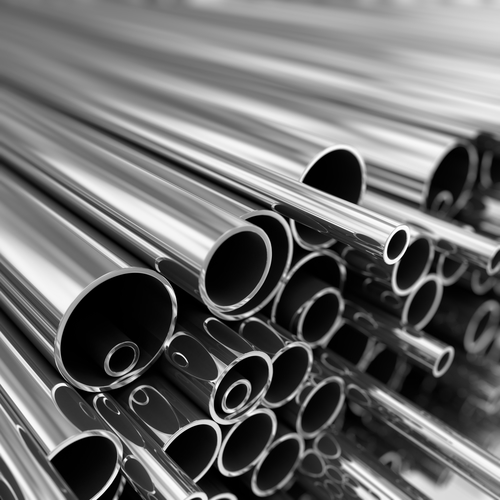
Aço inoxidável - Cerâmica: Os relógios de cerâmica são conhecidos por suas propriedades resistentes a arranhões e leveza. Eles oferecem uma aparência contemporânea e estão disponíveis em uma ampla gama de cores. No entanto, os relógios de cerâmica podem ser mais propensos a quebrar ou lascar em comparação com os diamantes.
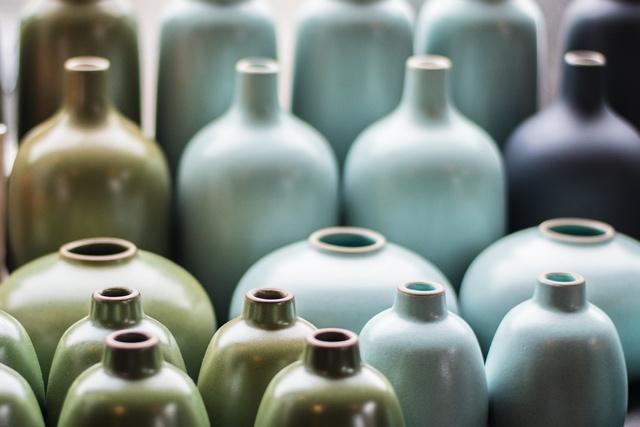
Cerâmica - Titânio: Os relógios de titânio são valorizados por sua resistência, leveza e propriedades hipoalergênicas. Eles são altamente resistentes à corrosão e são frequentemente usados em relógios esportivos e ao ar livre. No entanto, o titânio carece do brilho e do glamour associados aos diamantes.
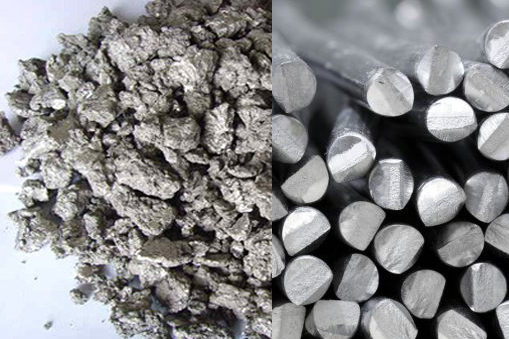
Titânio - Ouro: Os relógios de ouro são relógios clássicos que exalam elegância e luxo. Embora não sejam tão duráveis quanto os diamantes, os relógios de ouro são altamente valorizados por seu apelo atemporal e valor de investimento. No entanto, eles podem exigir manutenção mais frequente para evitar arranhões e manchas.
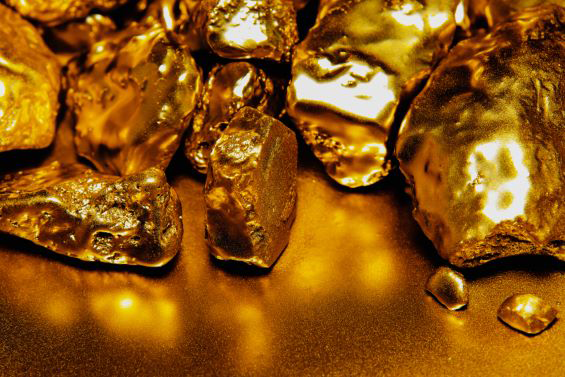
Ouro
Comparação:
- Durabilidade: Os diamantes são o material mais duro, oferecendo durabilidade superior e resistência a arranhões em comparação com materiais alternativos como aço inoxidável, cerâmica, titânio e ouro.
- Luxo: Os relógios de diamante são sinónimo de luxo e prestígio, oferecendo um nível de sofisticação que outros materiais podem não igualar.
- Valor: Embora os relógios de diamante sejam investimentos valiosos, materiais alternativos como aço inoxidável e titânio oferecem opções mais acessíveis sem sacrificar a durabilidade.
- Estética: Os relógios de diamante destacam-se pelo seu brilho cintilante e elegância intemporal, enquanto os materiais alternativos oferecem uma variedade de estilos e designs para satisfazer diferentes preferências.
Em resumo, embora os relógios de diamante ofereçam luxo e durabilidade incomparáveis, os materiais alternativos oferecem opções mais acessíveis com estética única e benefícios práticos. A escolha entre relógios de diamantes e materiais alternativos depende, em última análise, das preferências individuais, do orçamento e de considerações de estilo de vida.
Perguntas frequentes:Pergunta frequente
O excesso de diamantes pode afetar a funcionalidade de um relógio?
Answer: O excesso de diamantes pode afetar a funcionalidade do relógio. Embora os próprios diamantes sejam materiais altamente duráveis, a decoração excessiva com diamantes pode aumentar o peso do relógio, levando a uma operação instável ou imprecisa do movimento. Além disso, uma abundância de diamantes também pode afetar a resistência à água e a durabilidade do relógio.
The quantity of jewels in a watch movement isn’t necessarily better. Jewels are used to reduce friction between mechanical parts, enhancing the accuracy and stability of the movement. Therefore, a watch requires enough jewels to support key components, but too many jewels can increase the watch’s cost without necessarily providing additional performance benefits.
For a typical watch, 17 to 25 jewels are usually sufficient. However, complex watches may require more jewels to support additional functionality, depending on the watch’s design and manufacturing requirements. Therefore, the quantity of jewels should be balanced according to the watch’s complexity and manufacturing needs.
Quais rotinas de manutenção são recomendadas para relógios com diamantes?
Answer: Para relógios com diamantes, são recomendados os seguintes procedimentos de manutenção:
- Limpeza Regular: Limpe periodicamente a superfície do relógio com água e sabão neutro e um pano macio para remover poeira e sujeira.
- Evite contato com produtos químicos: Evite expor o relógio a produtos químicos como perfumes, cosméticos e agentes de limpeza para evitar danos aos diamantes e à superfície do relógio.
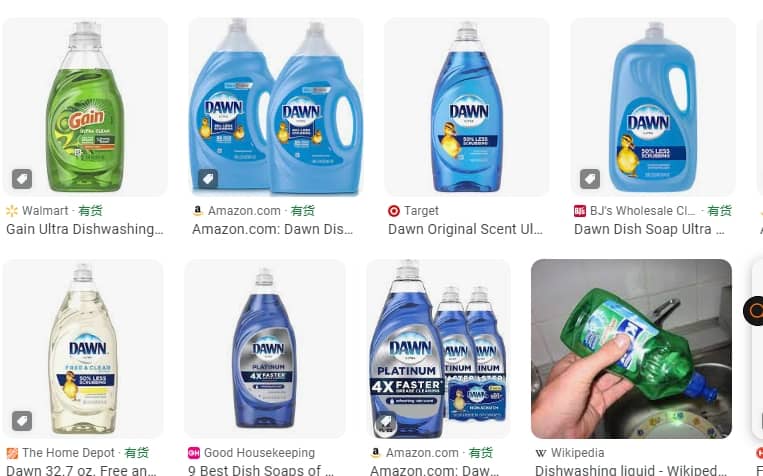
Líquido para lavar louça. - Inspeção Regular: Verifique regularmente se os diamantes do relógio estão soltos ou danificados e repare-os ou substitua-os imediatamente.
- Evite o impacto: Evite que o relógio entre em contato com objetos duros para evitar que os diamantes se soltem ou sejam danificados.
- Atenção de armazenamento: Guarde o relógio em local seco, longe da luz solar direta e evite exposição prolongada à água ou umidade.
Existem materiais alternativos aos diamantes para melhorar os movimentos dos relógios?
Answer: Além dos diamantes, existem vários materiais alternativos que podem ser usados para melhorar os movimentos dos relógios, tais como:
Rubis e Safiras Sintéticos: Pedras preciosas sintéticas semelhantes às naturais podem ser usadas em movimentos de relógios para melhorar a estabilidade e a precisão.
Cerâmica: Os materiais cerâmicos oferecem excelente resistência ao desgaste e à corrosão, tornando-os adequados para caixas e pulseiras de relógios, proporcionando uma vida útil mais longa e mantendo a aparência do relógio.
Ligas de aço inoxidável e titânio: Aço inoxidável e ligas de titânio são materiais comumente usados em relógios, conhecidos por sua resistência à corrosão, resistência ao desgaste e propriedades de leveza, tornando-os adequados para a fabricação de movimentos de relógios de alta qualidade.
Quantas joias um relógio deve ter?
Em geral, um movimento de relógio mecânico pode conter várias joias, normalmente variando de 17 a 25 joias. No entanto, isto depende da complexidade e funcionalidade do movimento do relógio. Relógios menos complicados normalmente usam menos joias, enquanto relógios mais complexos, como aqueles com turbilhões ou funções de cronógrafo, podem usar mais joias para melhorar a precisão e a estabilidade do movimento. Portanto, o número de joias em um relógio é determinado pelos requisitos de design e fabricação do relógio.
A maioria dos relógios joias possui aproximadamente 17 joias, utilizadas em diversas áreas:
Movimento: As joias são normalmente usadas no movimento de um relógio, incluindo os rolamentos da roda de balanço, roda de escape e outras peças móveis. Essas joias ajudam a reduzir o atrito entre os componentes mecânicos, melhorando a precisão e a estabilidade do relógio.
Moldura e mostrador: Alguns relógios joalheria também podem apresentar pedras preciosas incrustadas na luneta e no mostrador, como diamantes e safiras, para realçar os aspectos decorativos e luxuosos do relógio.
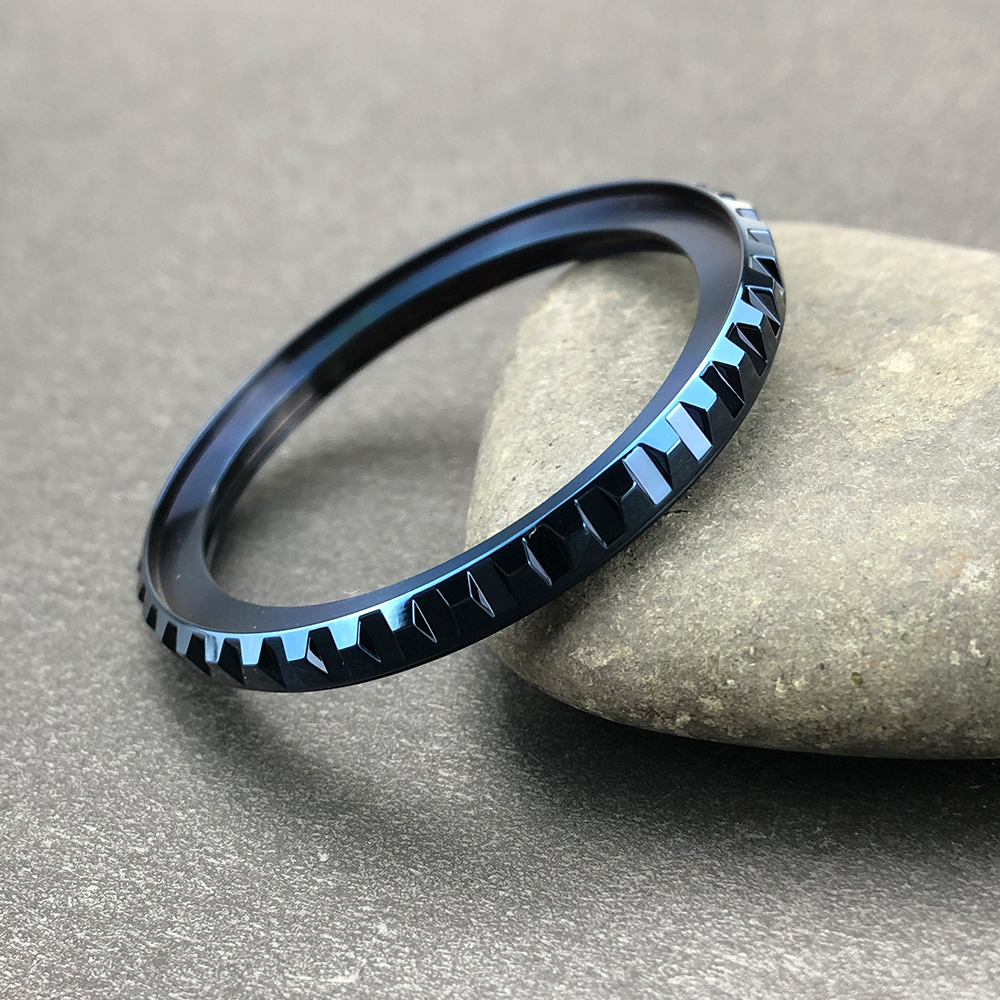
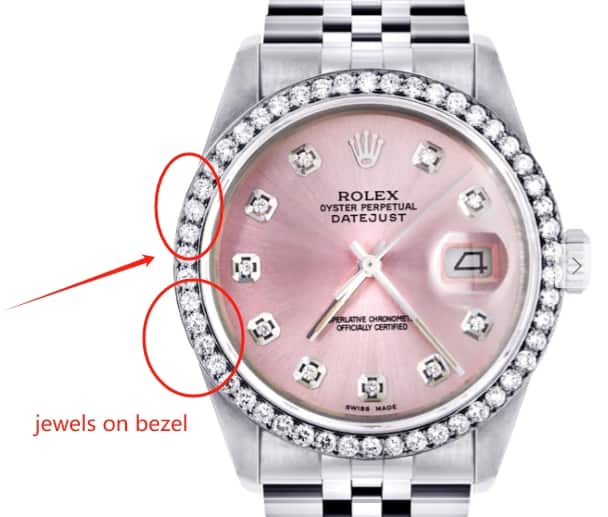
Indicadores: Em alguns relógios joalheria, indicadores como ponteiros e marcadores de horas também podem ser decorados com pedras preciosas para adicionar qualidade e charme único ao relógio.
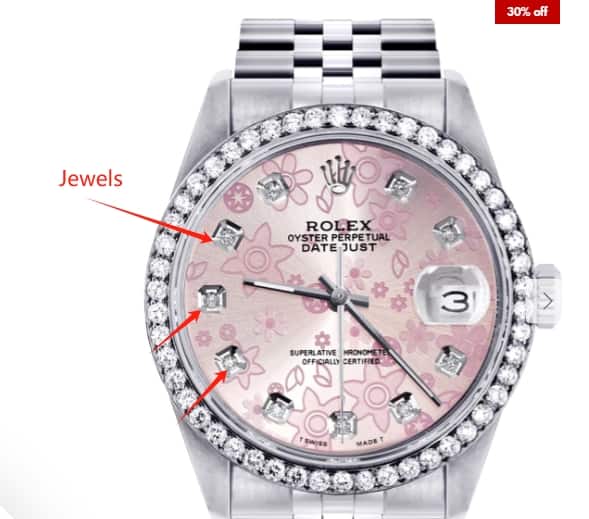
No geral, um relógio de joias com 17 joias incorpora pedras preciosas em diversas áreas, não apenas melhorando a funcionalidade e o desempenho do relógio, mas também adicionando beleza e luxo ao relógio.
A maioria dos relógios com joias normalmente tem cerca de 17 joias, que são usadas principalmente nas seguintes partes do movimento:
- Rolamentos da roda de equilíbrio: As joias são frequentemente usadas para apoiar o volante, reduzindo o atrito e garantindo um funcionamento suave.
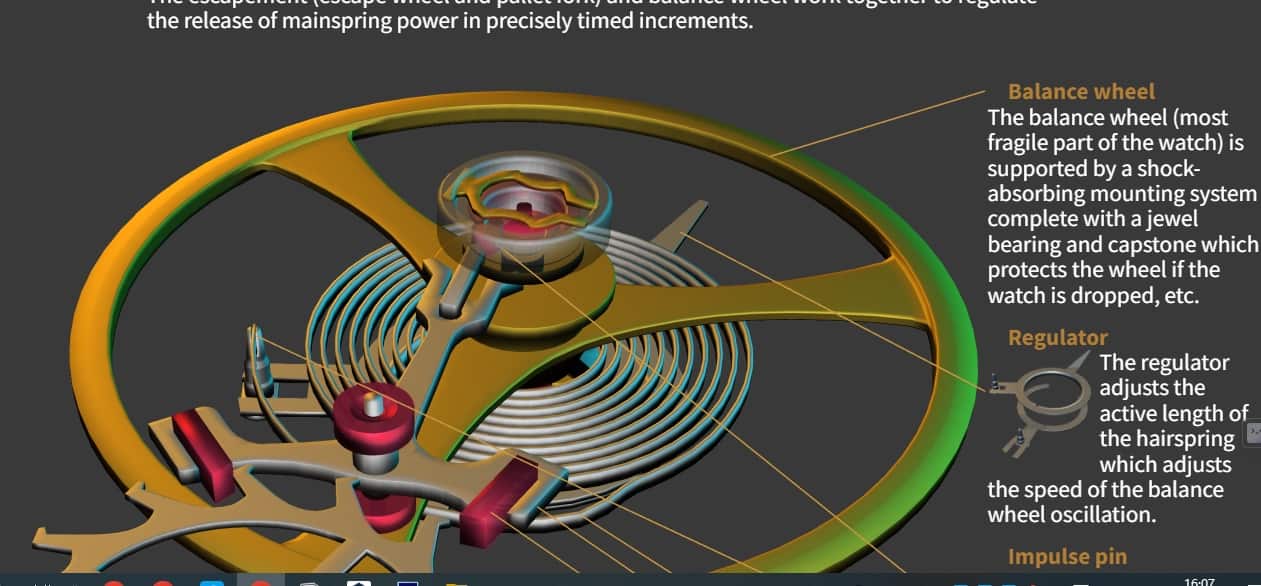
roda de equilíbrio (foto de https://animagraffs.com/mechanical-watch/) - Rolamentos da roda de escape: Da mesma forma, joias são utilizadas para apoiar a roda de escape, auxiliando no controle do ritmo e da precisão do relógio.
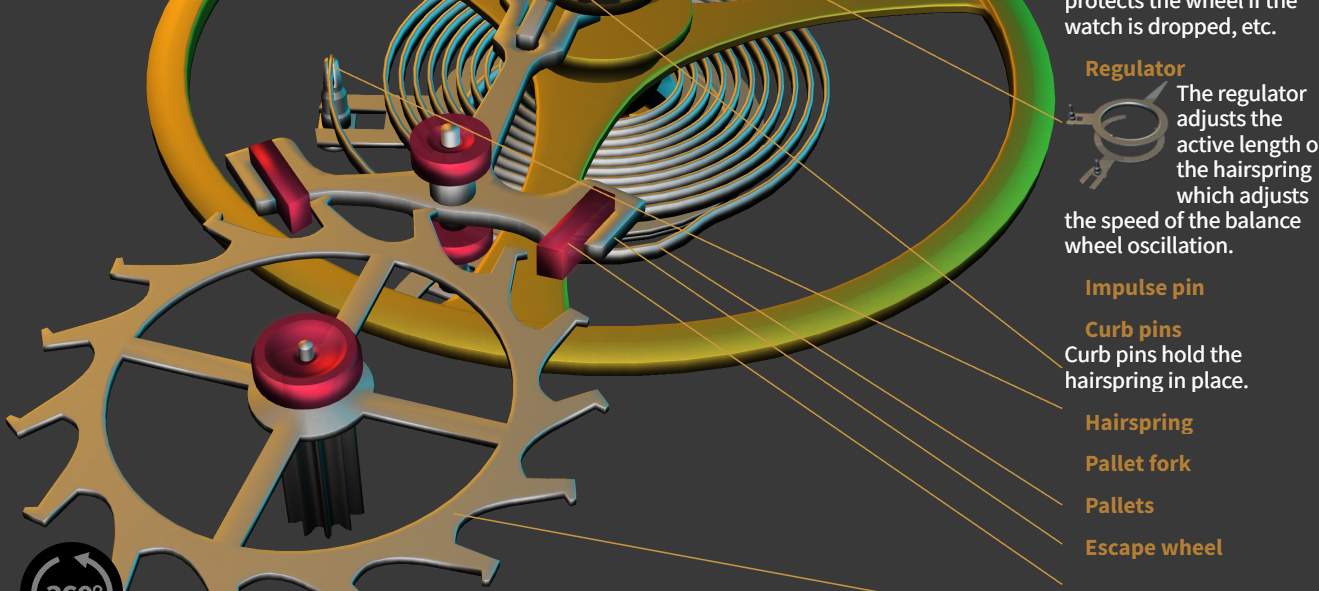
- roda de fuga.
- Outras peças móveis: Além da roda de equilíbrio e da roda de escape, as joias também podem ser utilizadas para apoiar outras partes móveis críticas dentro do movimento, como o garfo do palete, a mola espiral, etc.
Esta postagem deixou claro quais são as partes do movimento dos relógios mecânicos: https://animagraffs.com/mechanical-watch/
O que significam 17 joias? O que significam 25 joias em um relógio?
17 joias e 25 joias em um relógio referem-se ao número de rubis ou safiras sintéticas usadas como rolamentos no movimento do relógio. Indica o número de pontos onde as partes móveis do relógio, como engrenagens e pivôs, entram em contato com as joias para reduzir o atrito e melhorar o desempenho geral e a durabilidade do movimento.
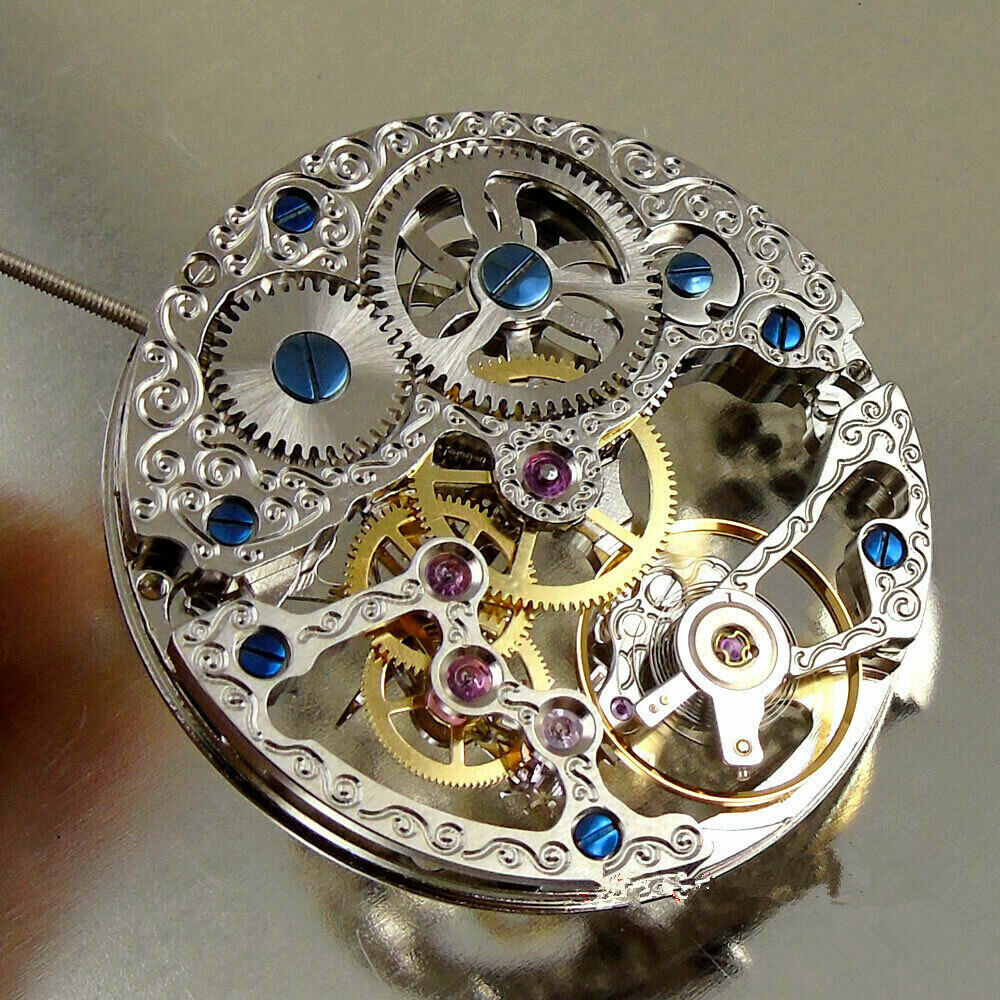
Assim, um relógio com 17 joias significa que tem 17 rubis ou safiras sintéticas servindo como rolamentos, e da mesma forma, um relógio com 25 joias significa que tem 25 rubis ou safiras sintéticas servindo como rolamentos.
Os relógios de quartzo têm joias?
Na verdade, os relógios de quartzo, assim como os relógios mecânicos, também possuem partes móveis. No entanto, nem todos os relógios de quartzo utilizam joias em seus movimentos. Antes da década de 1970, quando o Seiko Astron foi introduzido e lançou relógios movidos a bateria (quartzo), todos os relógios eram mecânicos e aproximadamente cinco a sete joias eram usadas no movimento de um relógio.
Movimento de QuartzoSim, os relógios de quartzo normalmente também utilizam joias. Embora o movimento de um relógio de quartzo seja acionado por um cristal de quartzo em vez de um movimento mecânico tradicional, as joias ainda desempenham um papel importante no movimento dos relógios de quartzo. As joias são comumente usadas para apoiar os eixos de engrenagem e outras partes móveis dos relógios de quartzo para reduzir o atrito e melhorar a precisão e durabilidade do relógio.
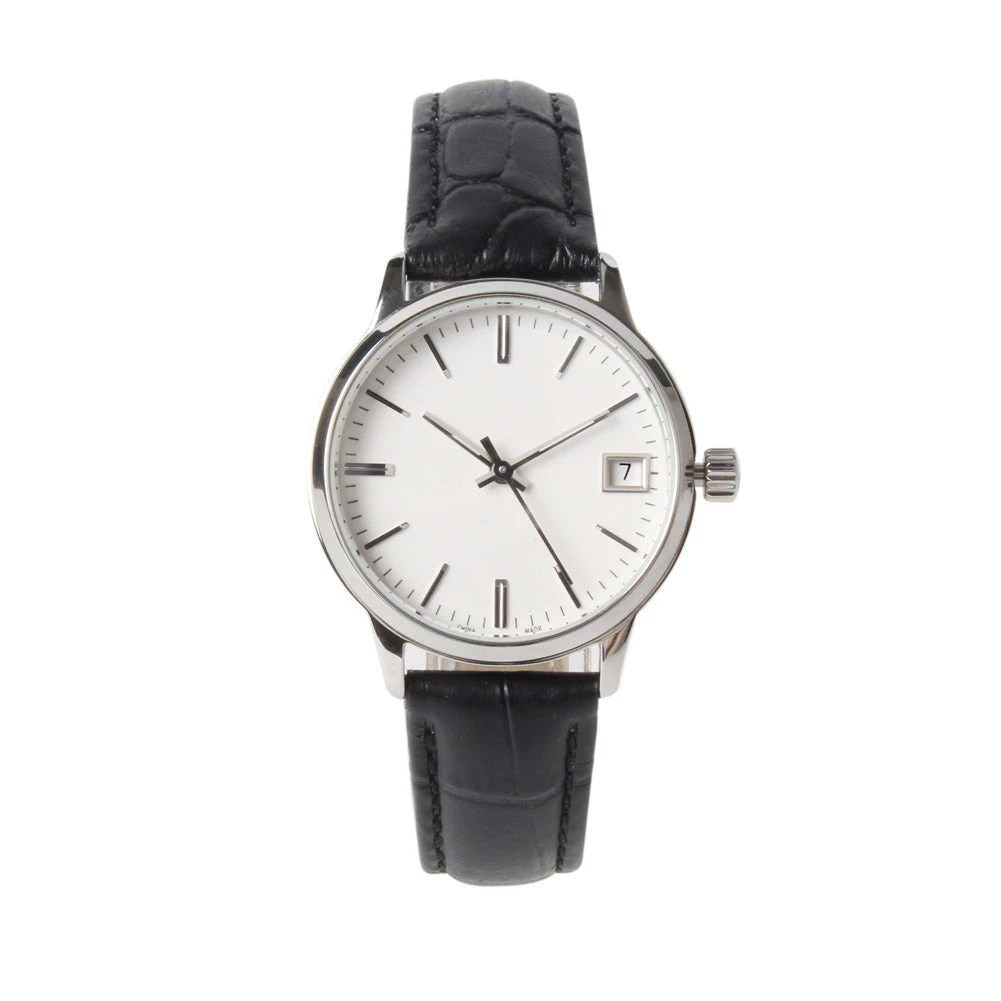
Embora o número de joias necessárias para relógios de quartzo seja normalmente menor do que os relógios mecânicos tradicionais, elas ainda são um componente crucial para o desempenho e a confiabilidade dos relógios de quartzo.
Conclusão
Em resumo, os diamantes nos movimentos dos relógios contribuem não apenas para o apelo estético, mas também para a funcionalidade e o desempenho. Embora o excesso de diamantes possa levar a desvantagens como aumento de peso, um uso equilibrado de diamantes pode melhorar a elegância sem comprometer a funcionalidade. É essencial considerar fatores como a qualidade do diamante, o artesanato e o estilo de vida pessoal ao escolher um relógio com diamantes.
Materiais alternativos como rubis sintéticos, safiras, cerâmica, aço inoxidável e titânio também desempenham papéis significativos na melhoria dos movimentos dos relógios, oferecendo benefícios únicos em durabilidade e estética. Quer sejam adornados com diamantes ou confeccionados com materiais alternativos, o segredo é encontrar um equilíbrio entre funcionalidade, estética e gosto pessoal. Em última análise, a escolha deve estar de acordo com as preferências individuais, garantindo ao mesmo tempo um desempenho ideal e uma beleza duradoura.

